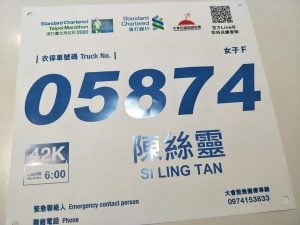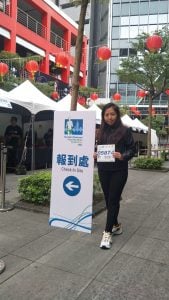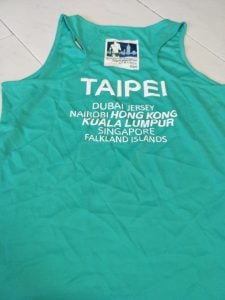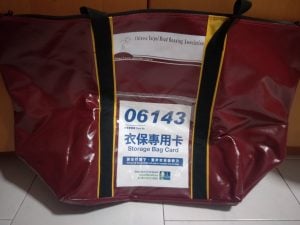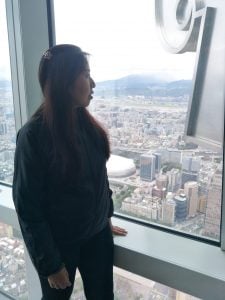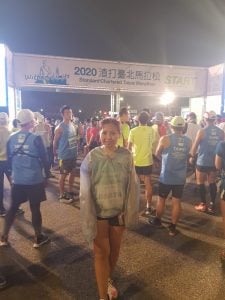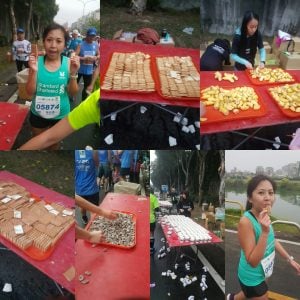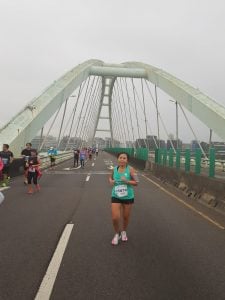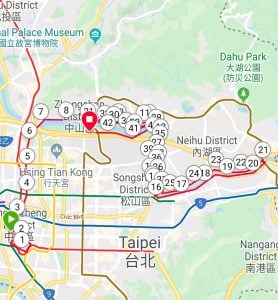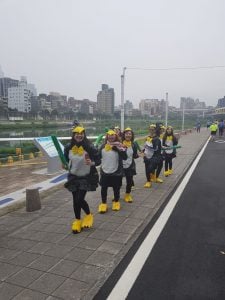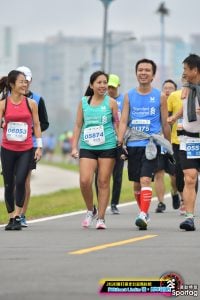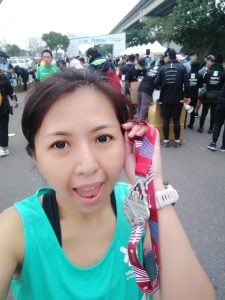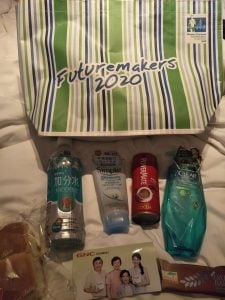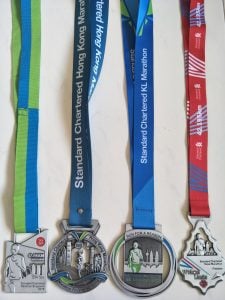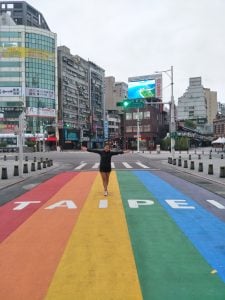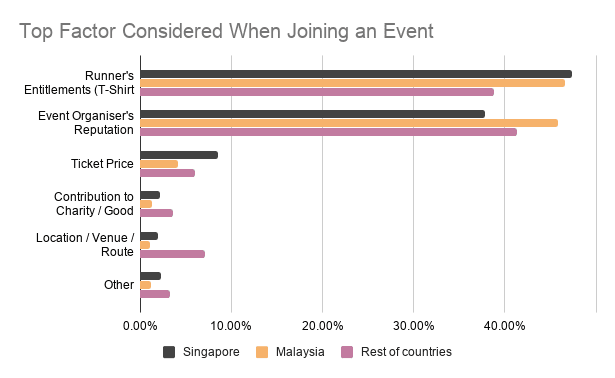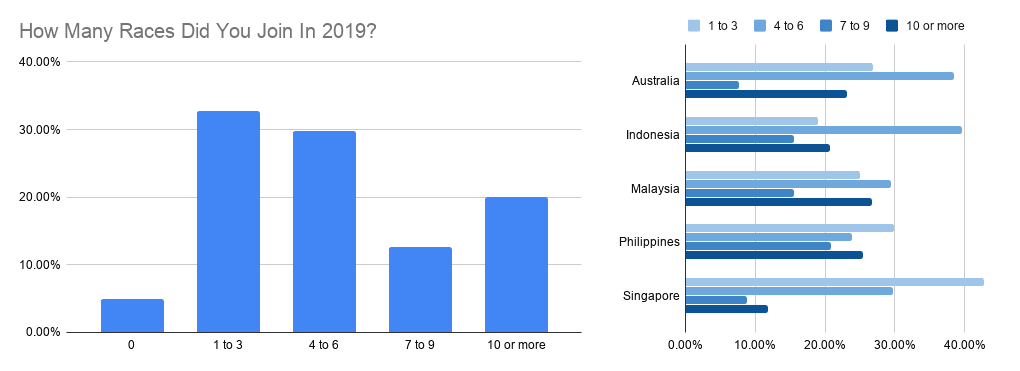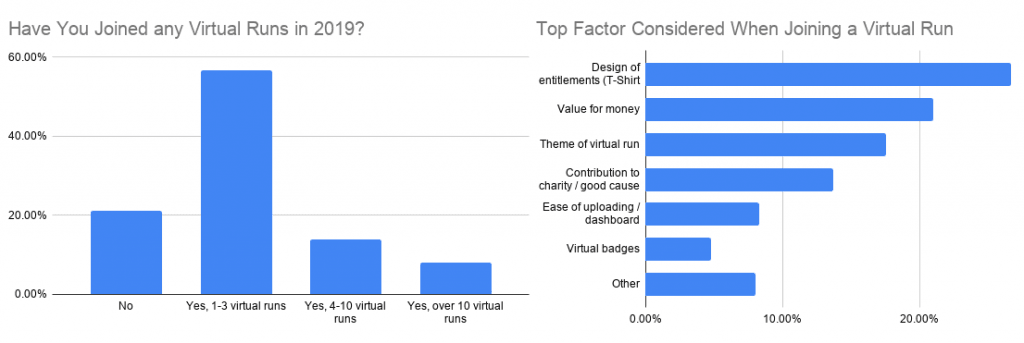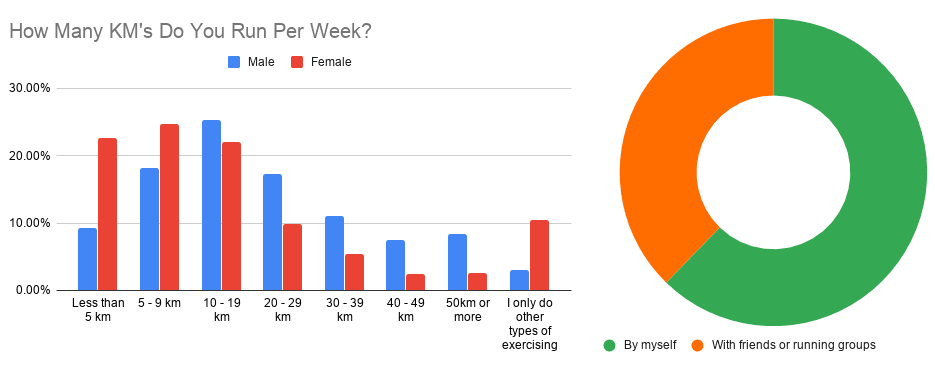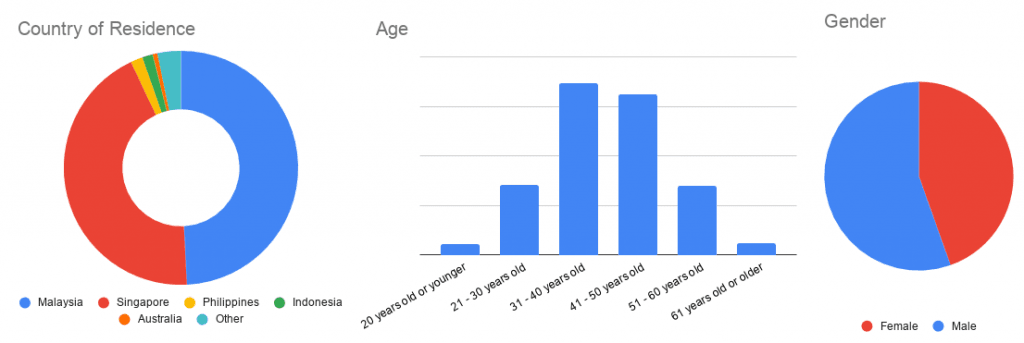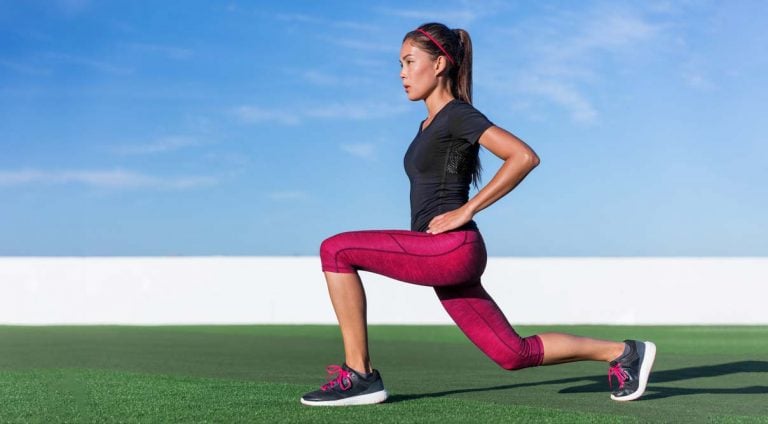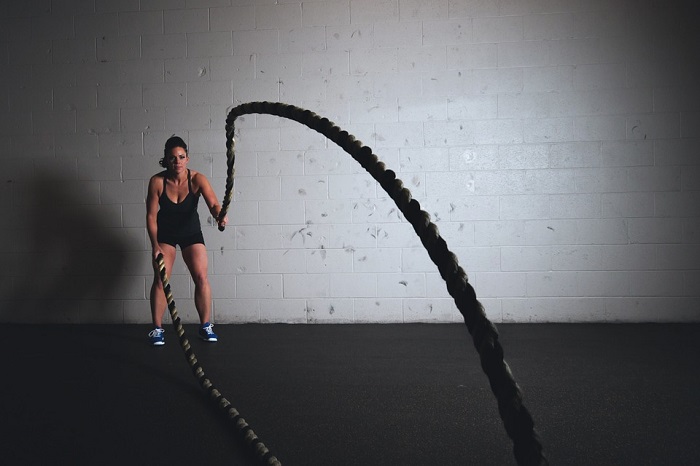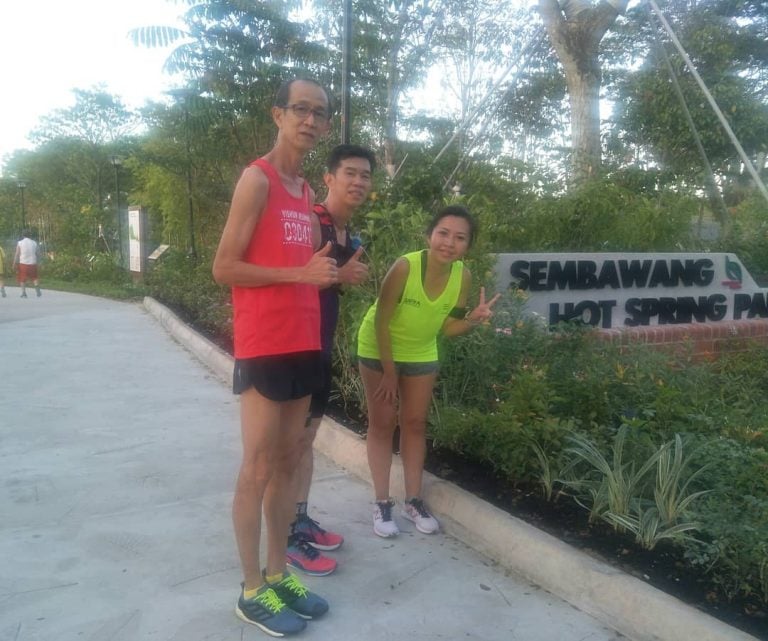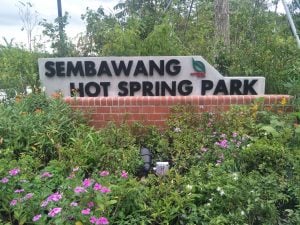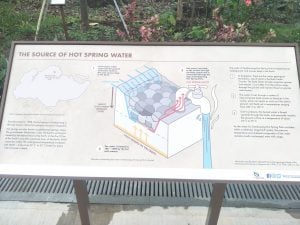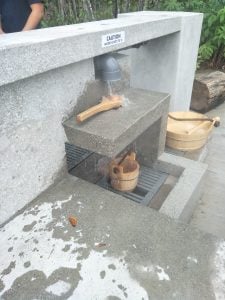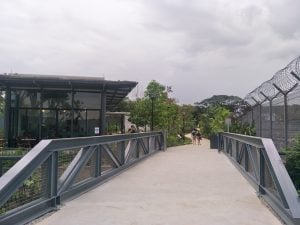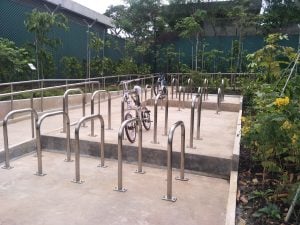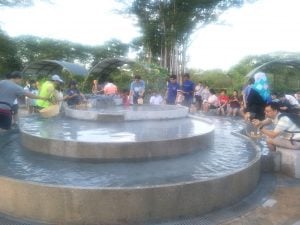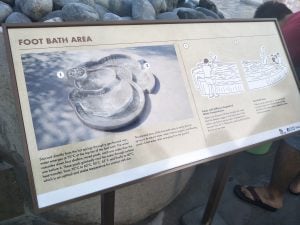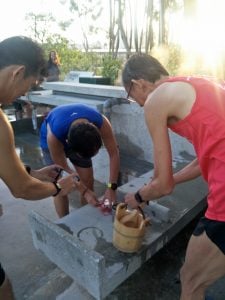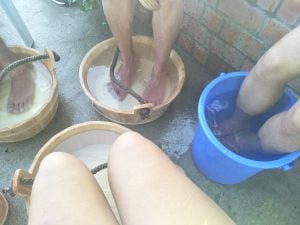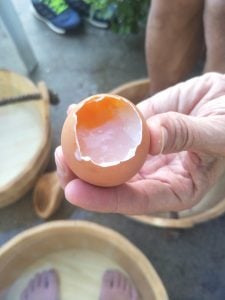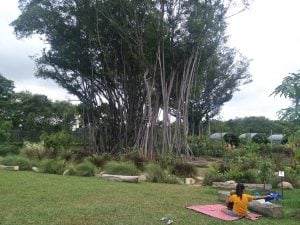The Western Australia (“WA”) State Long Course Championship was originally held in Collie, before moving to Rottnest Island. However, it wasn’t long before the event outgrew Rotto and in 2002 found a new home in Busselton where it has been held since, with the support of IRONMAN. The ‘Busso Half’ has been a staple of the West Australian Triathlon calendar and often has acted as the end of season celebration for triathletes in the state.
Organised by Triathletes, For Triathletes
Such is the popularity of SunSmart IRONMAN 70.3 Busselton that non-triathletes know or have completed the event, fitness enthusiast have it on their bucket list and many have already ticked it off. The event grew to be the largest Half-IRONMAN triathlon in the Southern Hemisphere.
Owned and operated by Triathlon WA since day one, the race is the only IRONMAN in Australia owned by its governing body meaning it is delivered by triathletes with their enjoyment as a priority.

About Busselton and the Event Course
Set in Busselton, around two hours’ drive from Perth, the City has developed into the event capital of Western Australia. With the famous Margaret River region, a stone’s throw away, the region welcomes tourism and benefits from fantastic weather nine months of the year.
From inception, the course was designed to provide a challenging yet fast and enjoyable experience for participants and to feature local scenery. The event starts and finishes from the same location, Barnard Park, on the Busselton foreshore. A Kids triathlon, FunMan distance and relay event round out the weekend’s activities, providing the opportunity for participants of all ages and fitness levels to enjoy taking part. In 2020, sponsors, suppliers and Triathlon WA teams will be joined by the local community, schools and groups in the FunMan team event as Busselton locals are encouraged to be a part of the Festival of Triathlon.
Highlights in 2020
In the event’s favour this year is the increased focus on World Championship qualifying spots available to age-group participants. The World Championships this year is being held in Taupo, New Zealand in November, making this event one of the last qualifying opportunities for an event that is particularly appealing due to its ‘local’ status. The event also carries double the number of qualifying spots and we see this carrying significant appeal to the triathlon audience.
Further opportunities are on offer to bring interstate and international audiences to the 2020 event thanks to new transport routes. A direct flight from Melbourne to Busselton will be in place by early 2020 and a new direct Perth to Tokyo direct flight opened in September 2019, making travelling to IRONMAN 70.3 Busselton easier than ever.

About the Event
The SunSmart IRONMAN 70.3 Busselton is held on Saturday 2nd May 2020 starting with an ‘M’ shaped swim alongside the historic Busselton Jetty, followed by a ride through the Tuart Forrest before finishing with a half marathon along the ocean foreshore, looping through the athlete village for maximum spectator exposure and a great experience for all athletes involved. Roads are closed for the duration of the event and swept prior to ensure a safe race for participants and the beaches are cleaned offering a spectacular view of a famous white Western Australian beach.
For those not up to taking on the full event, there is a relay event which we provide the opportunity to team up with friends, family or colleagues to complete a single leg of the race each as part of a team.
The following day, the FUNMan Triathlon provides a great recovery session for those up for it, whilst offering novices, juniors and those involved in the event a fun way to finish the day by completing a short distance triathlon where the focus is truly on fun and participation. For this event, all sponsors, suppliers, staff and volunteers will also form teams to experience the sport. A Kids Triathlon will round out the day’s events before visitor’s head home with great memories of their weekend in Busselton.

Stay for the Fun
Just three hours’ drive south of Perth and only 110km from end to end, Your Margaret River Region is one of Australia’s most compact, yet strikingly diverse holiday destinations stretching from Busselton and Dunsborough in the north of the region, down to Augusta in the south. It’s an enticing mosaic of pristine natural wonders, premium wineries, relaxed microbreweries, world-class restaurants, spectacular beaches, towering forests, inspirational artisans, warm and friendly locals, and a laid-back persona all of its own.
From the tranquil waters of Geographe Bay in the north, down the ancient cave-carved Leeuwin-Naturaliste Ridge, through picturesque vineyards and karri forest of the heartland, to the desolate beauty of Cape Leeuwin in the south, this is a place of astounding natural contrasts. There are just so many things to do in the Margaret River region you’ll need at least a few days to explore it. Take advantage of our stunning range of accommodation throughout the region in Margaret River, Dunsborough, Busselton, Augusta, Yallingup and throughout the South West.

Register for the SunSmart IRONMAN 70.3 Busselton now!
Event: SunSmart IRONMAN 70.3 Busselton
Race Date: Saturday 2 May 2020
Minimum Age: All athletes must be 18 or older on race day
* The 2020 SunSmart IRONMAN 70.3 Busselton event has 80 qualification spots for the 2020 IRONMAN 70.3 World Championships that will take place in Taupo, New Zealand.
Event: Funman Teams Triathlon
Race Date: Sunday 3 May 2020
Minimum age: 10 years of age on race day
* Funman Individual Entry: one individual completing all three legs; Funman Teams Relay: 2-3 individuals completing 1-2 legs each (one participant per leg); Funman Teams Challenge: 3 individuals completing all three legs (finish time is taken as the final participant of the team crosses the line)
Event: SunSmart Kids Triathlon
Race Date: Sunday 3 May 2020
Minimum age: 7 years of age on race day for the short distance and 10 years of age on race day for the long distance
Register for the SunSmart IRONMAN 70.3 Busselton now!


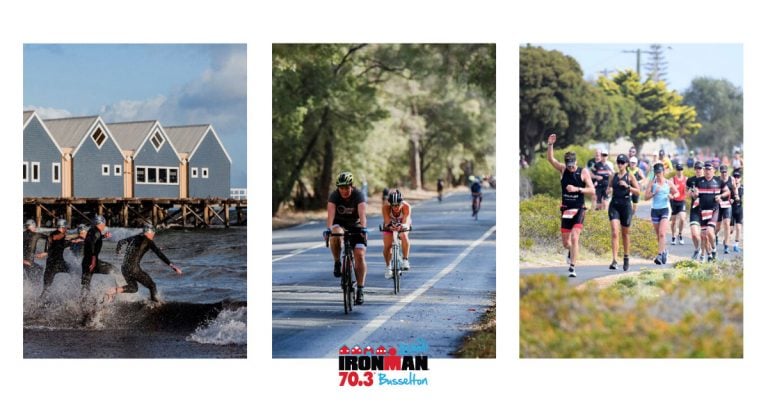

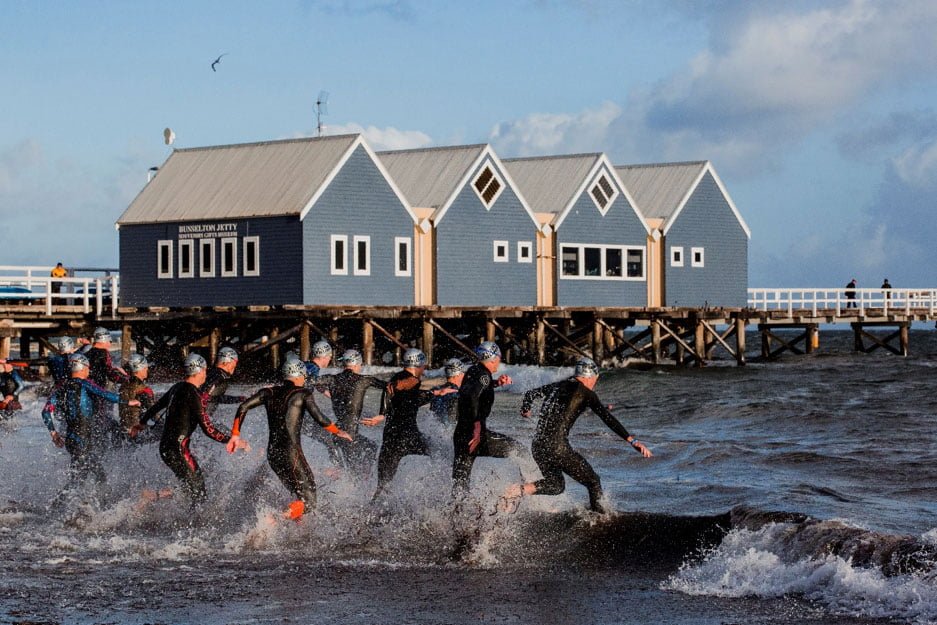
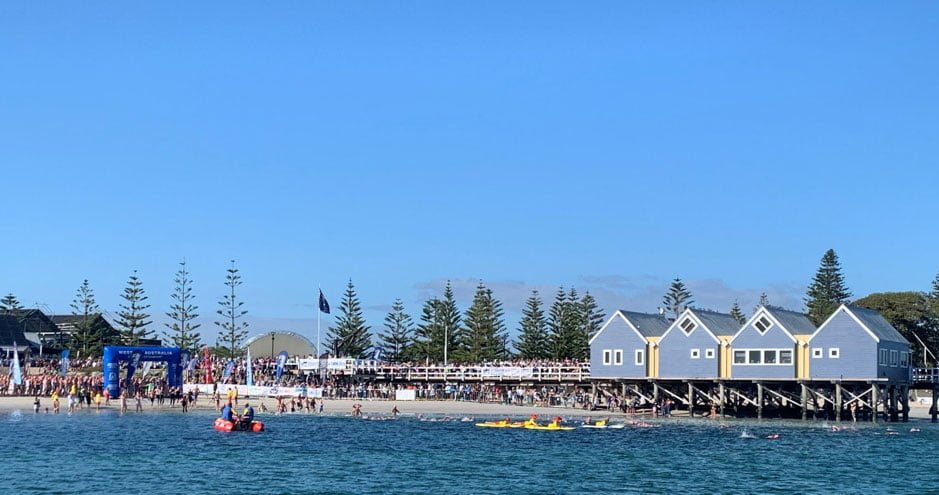
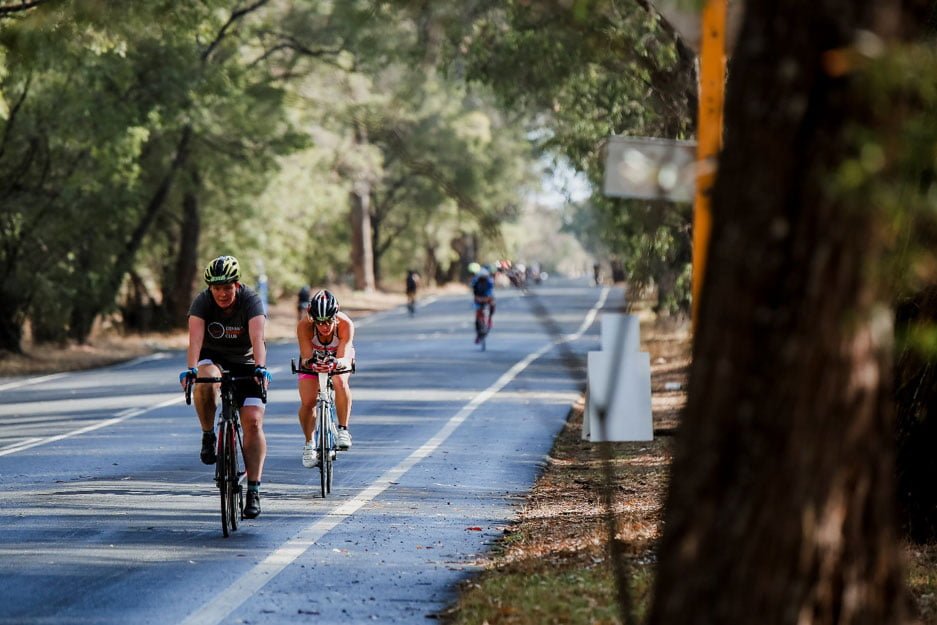
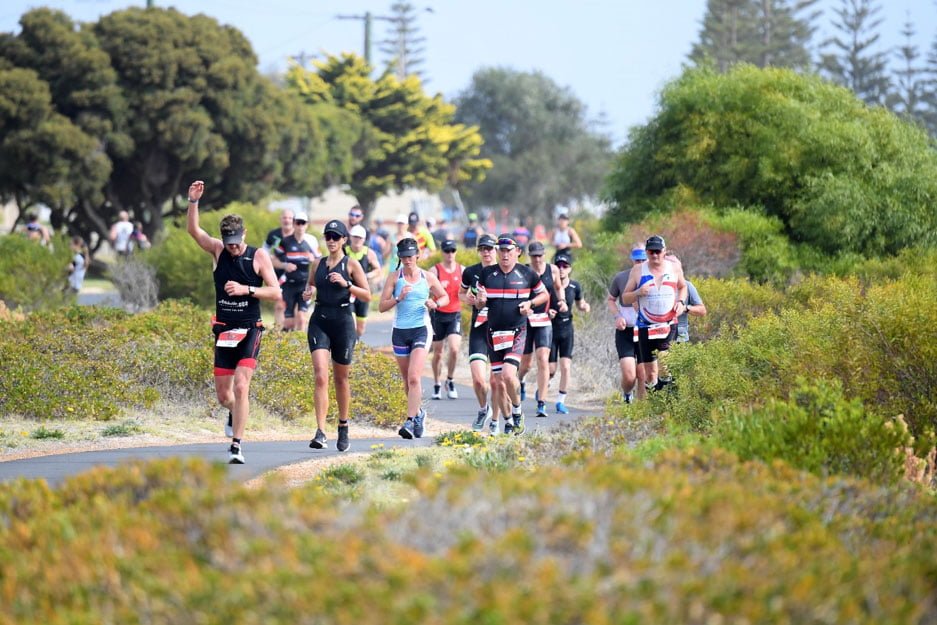
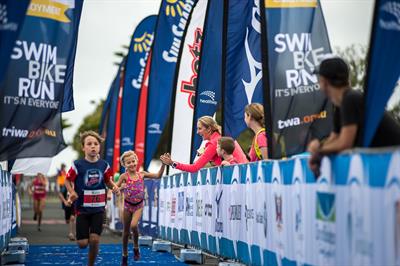
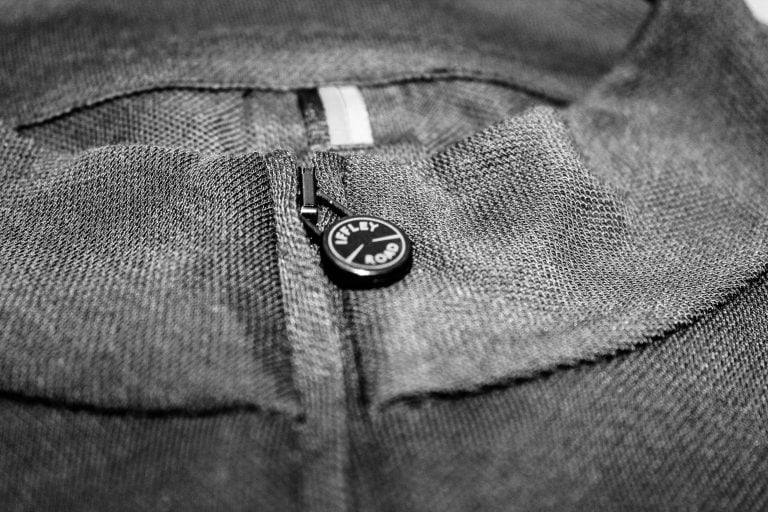






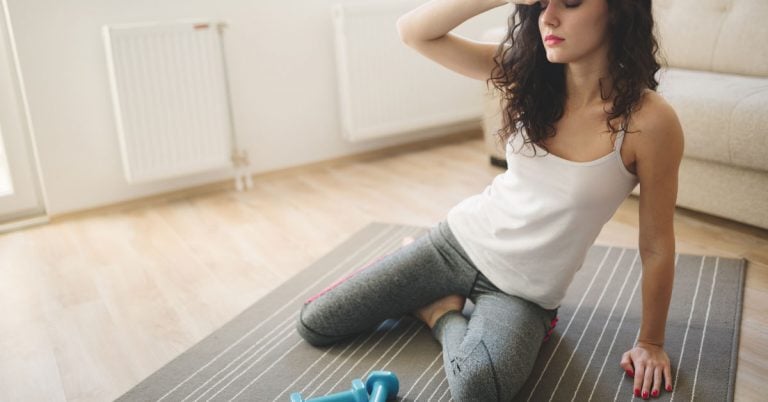
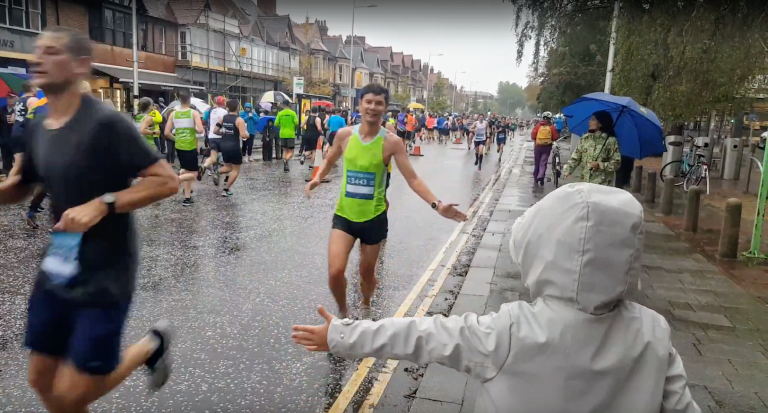
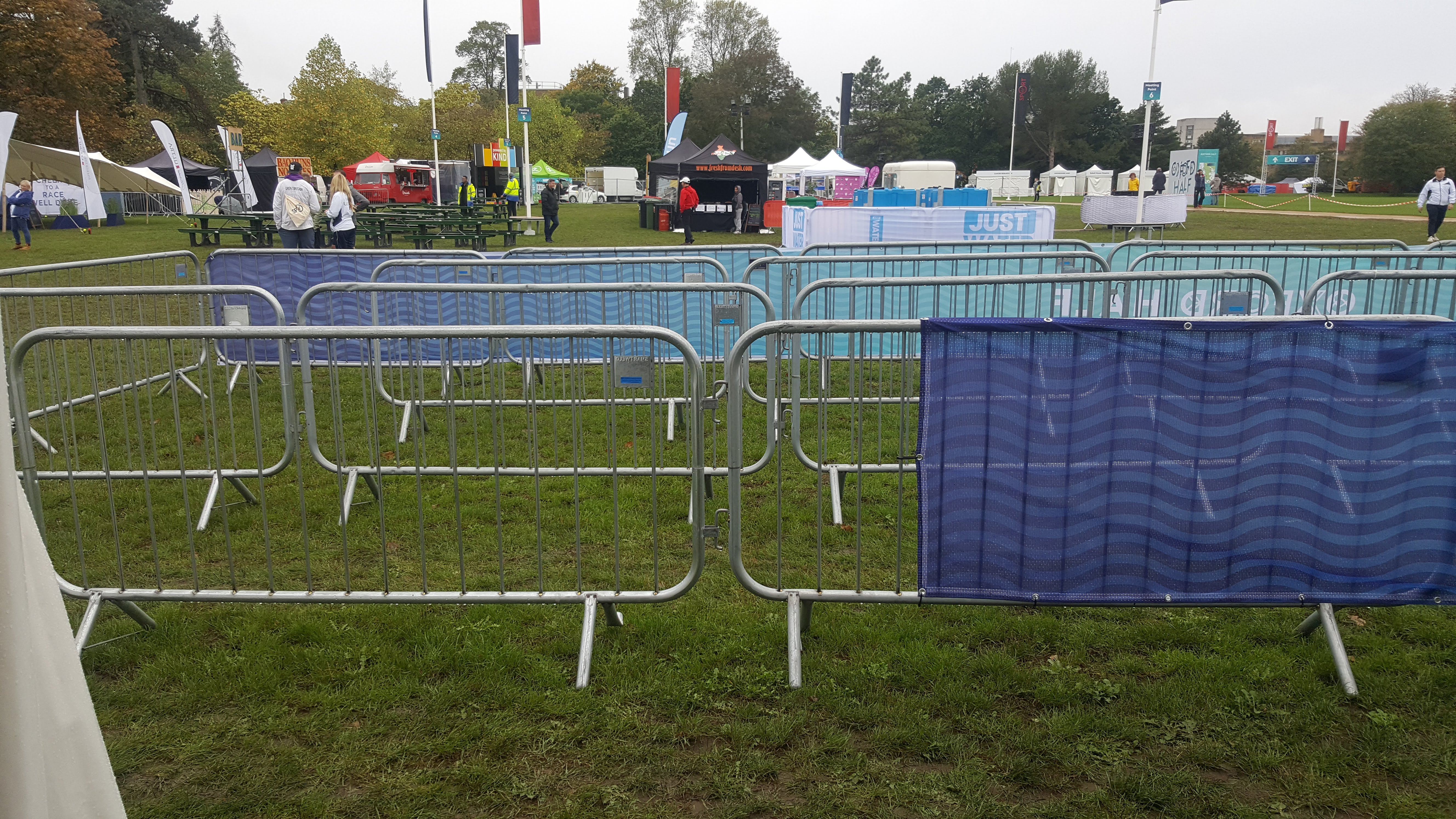
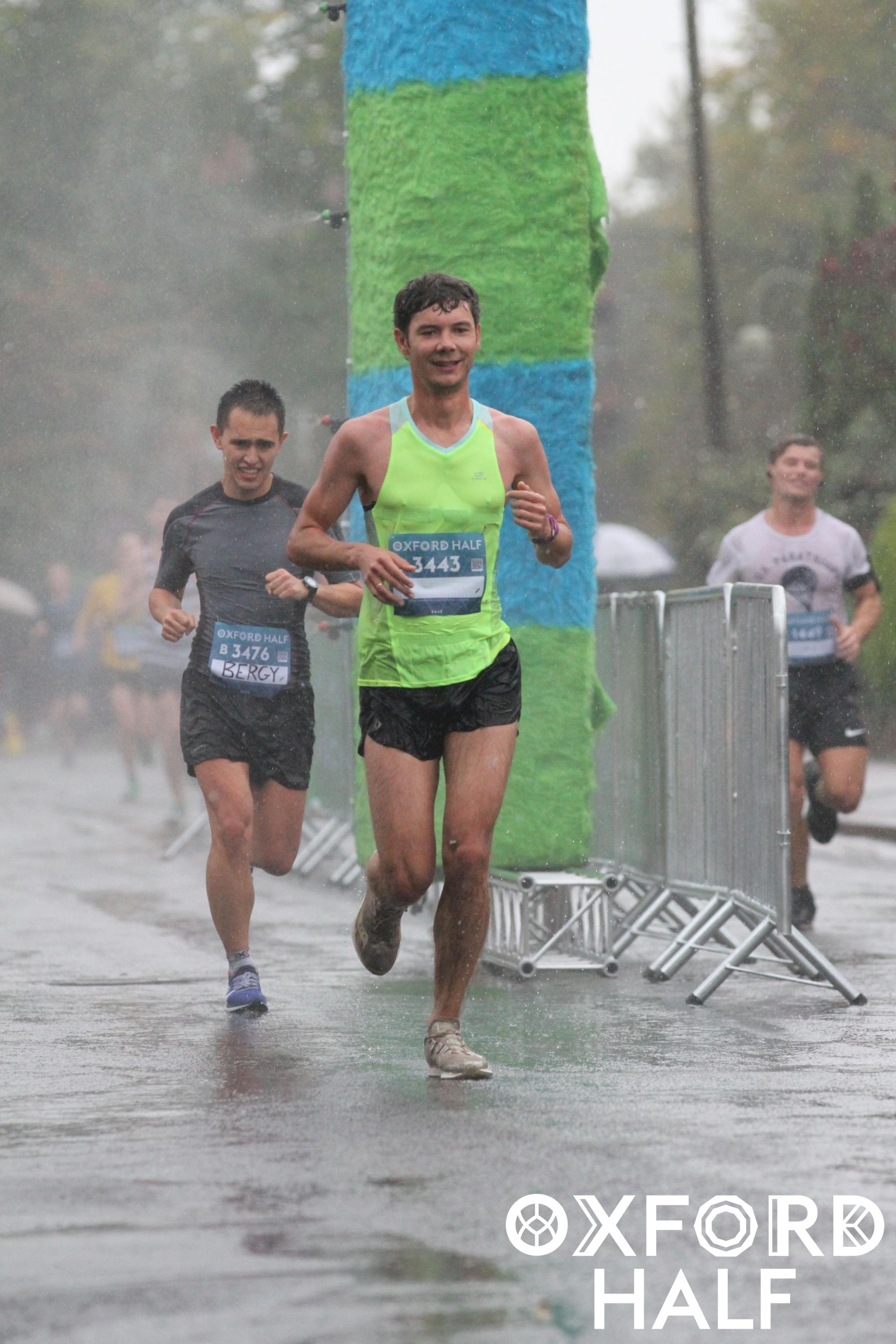

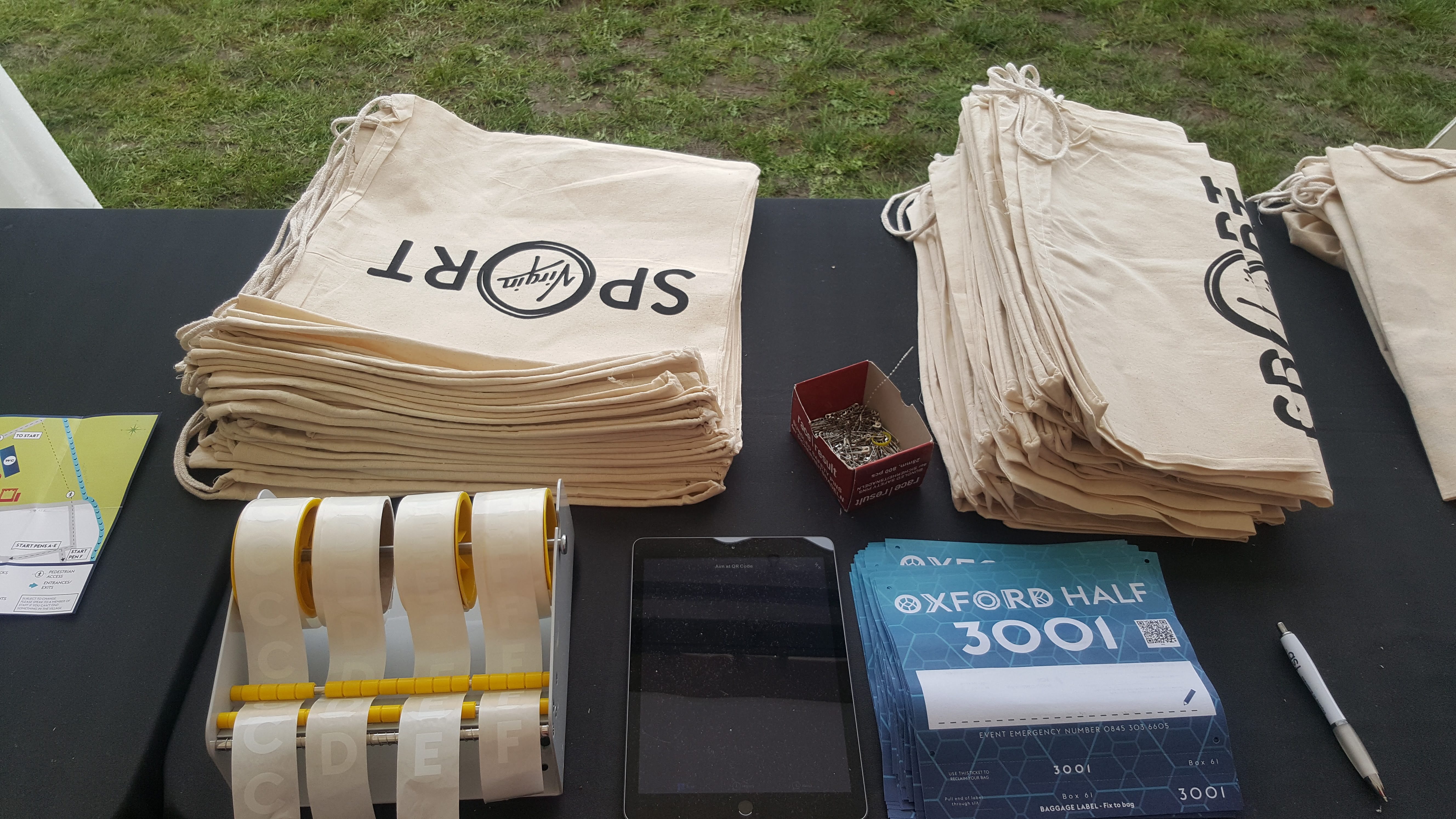
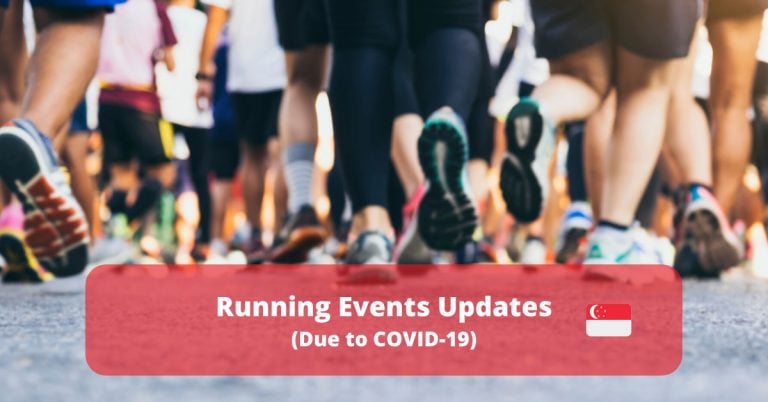
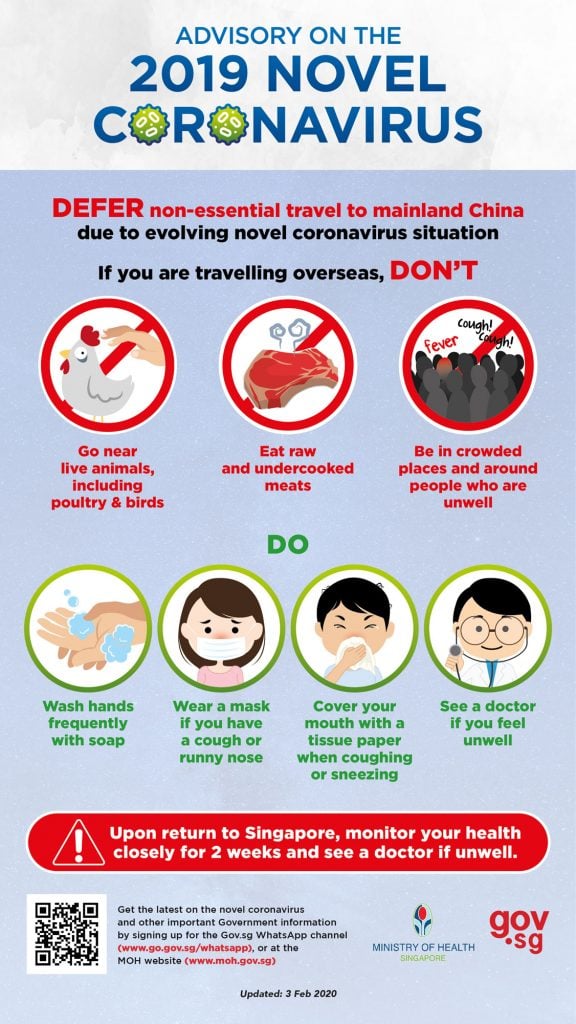
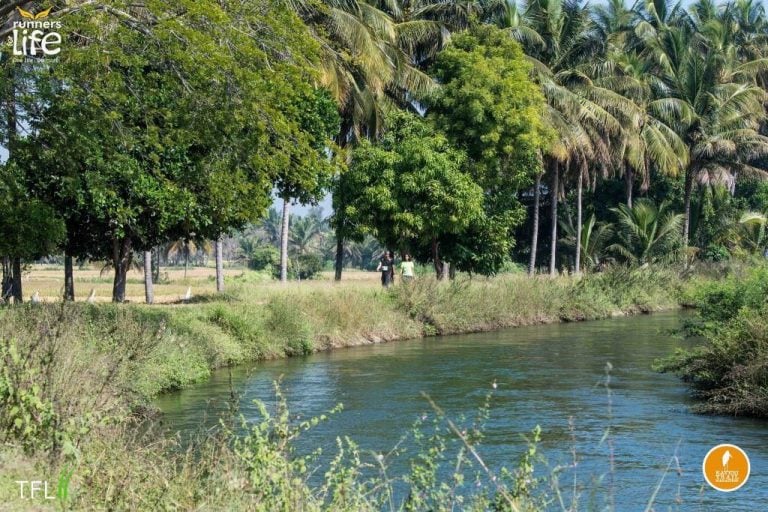
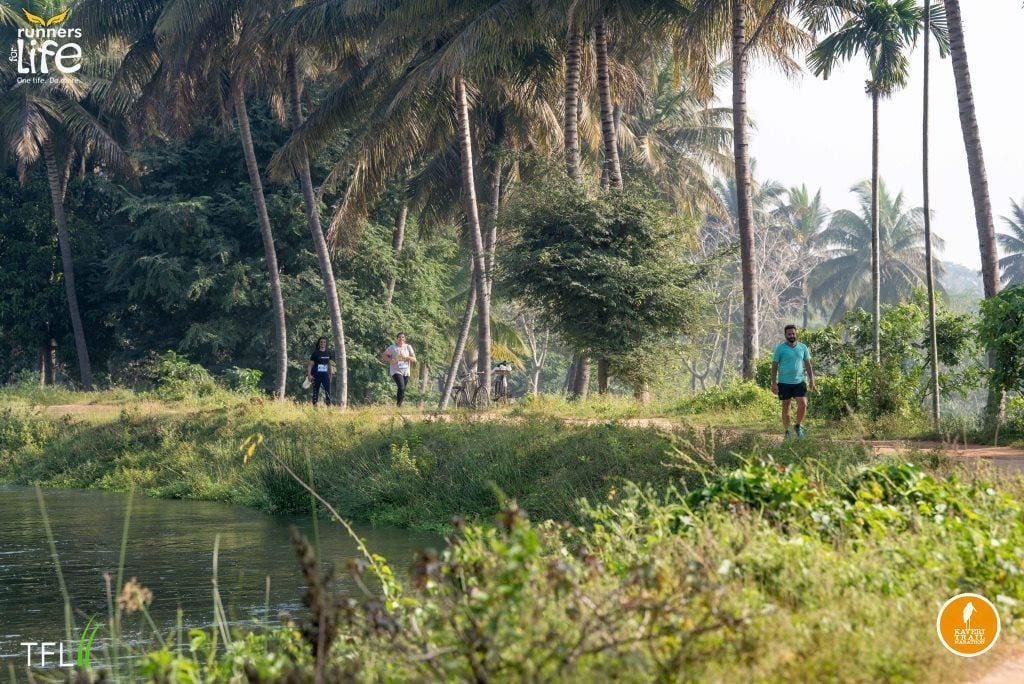
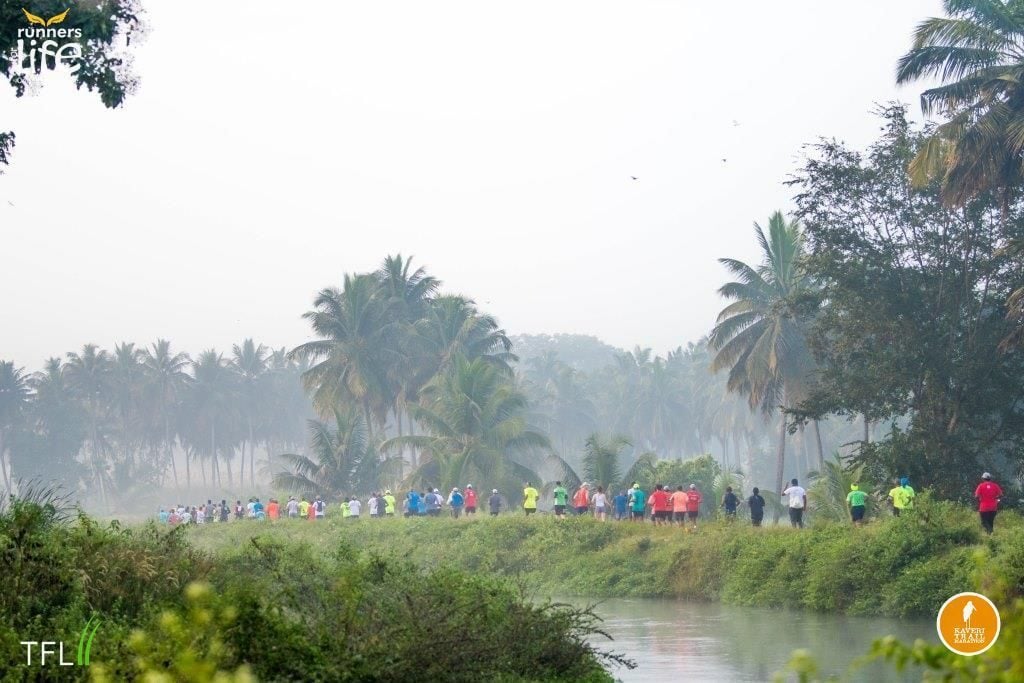
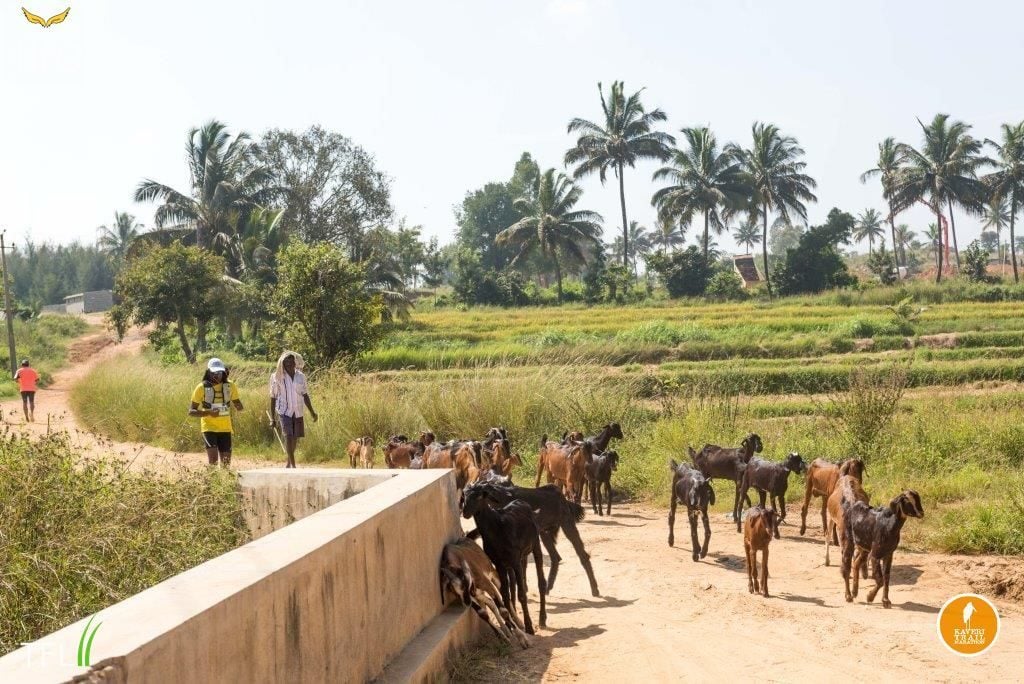
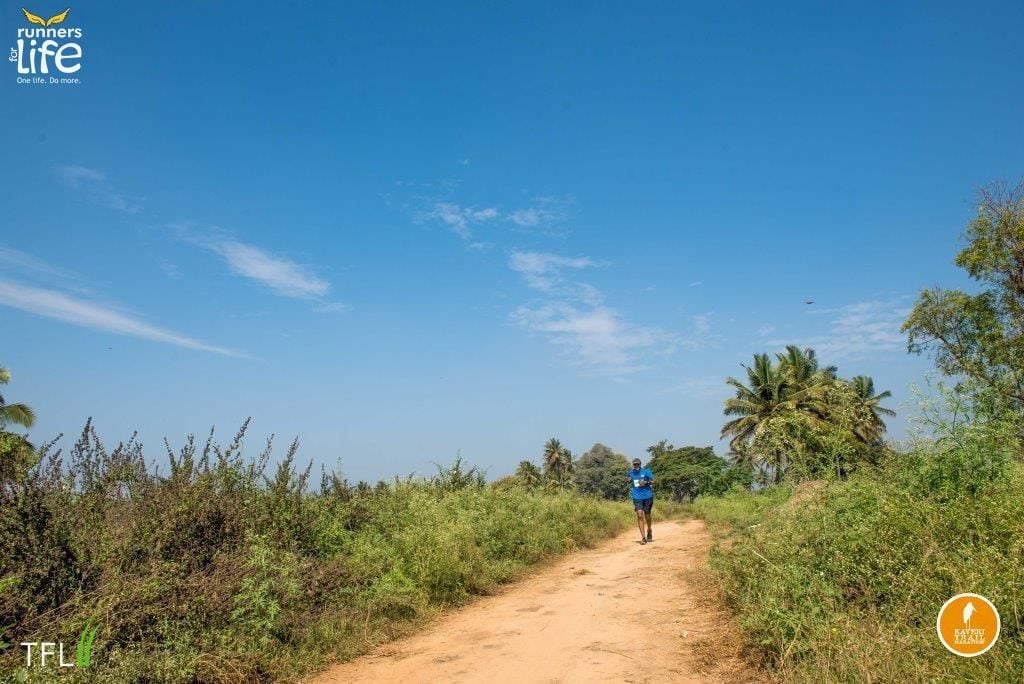
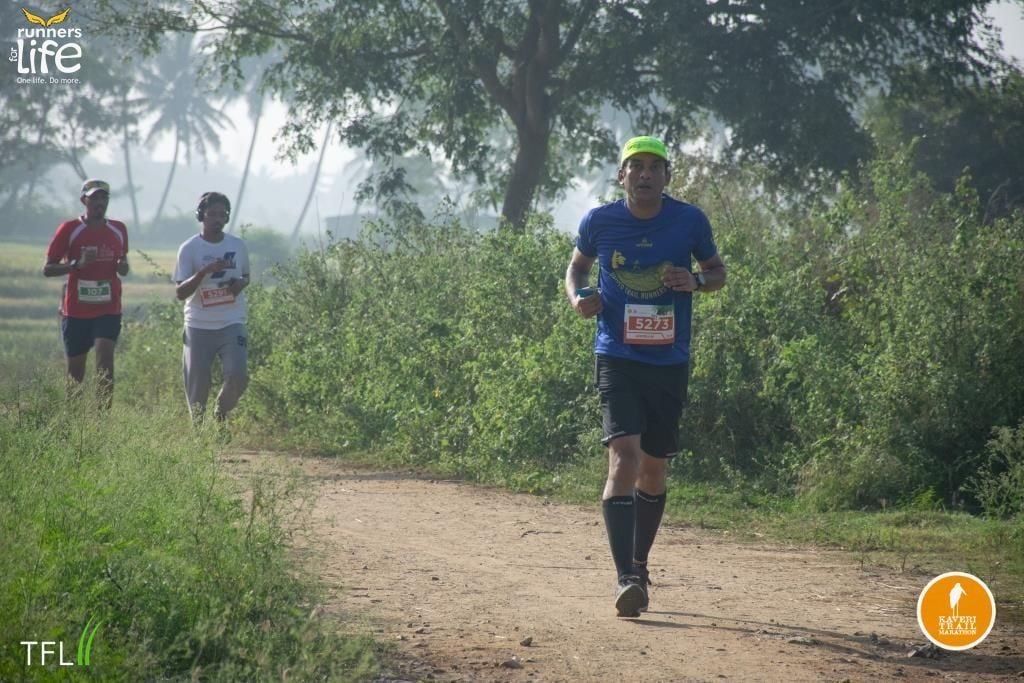
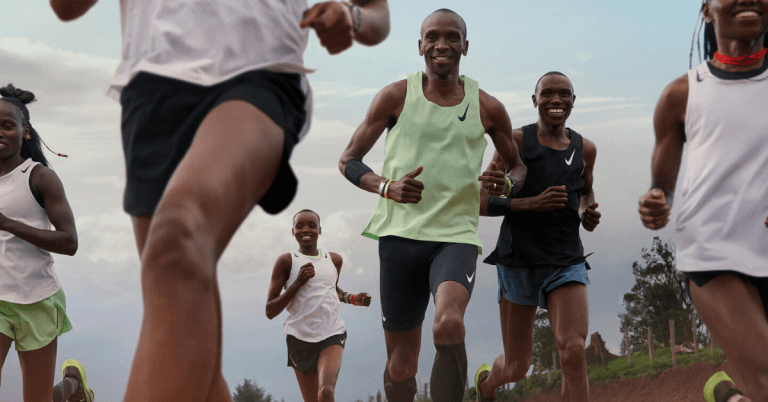
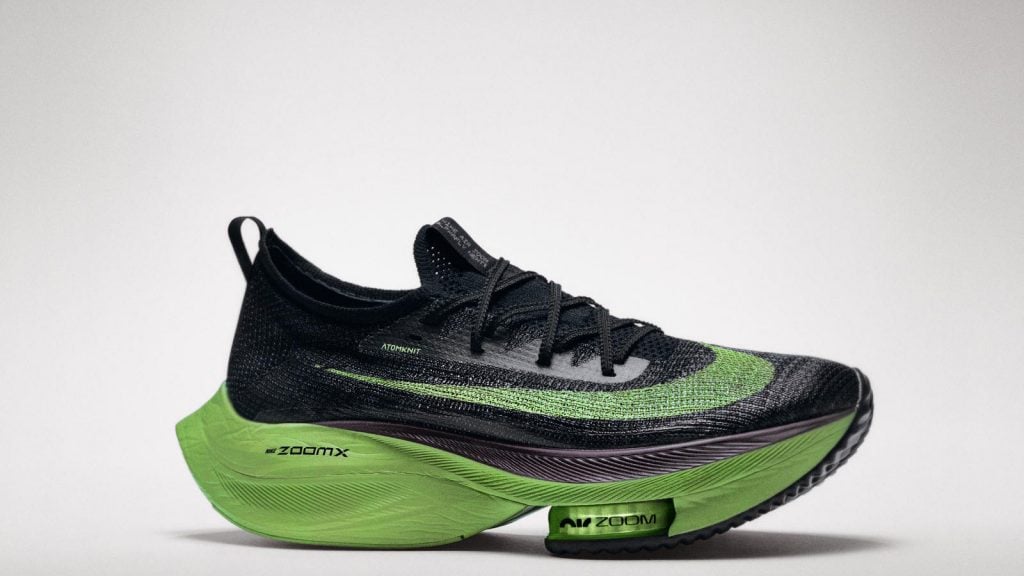
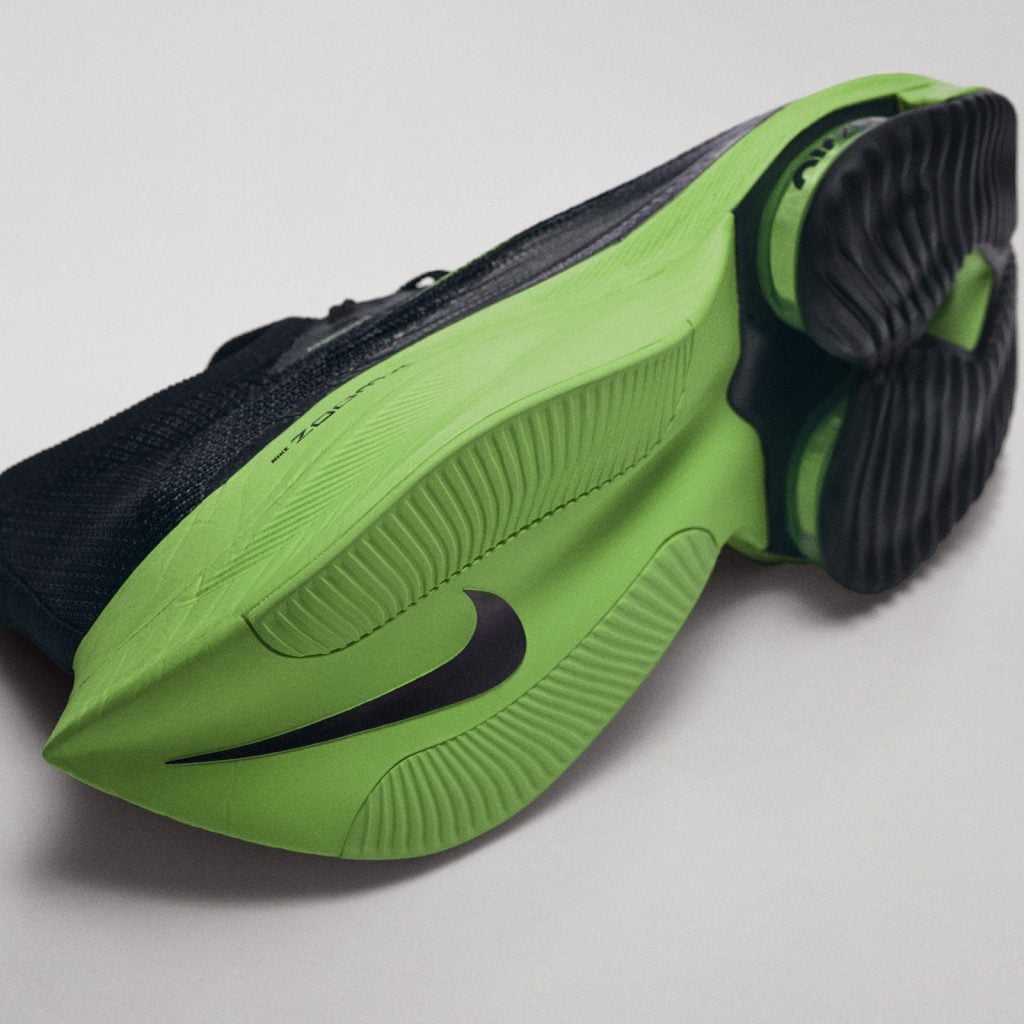
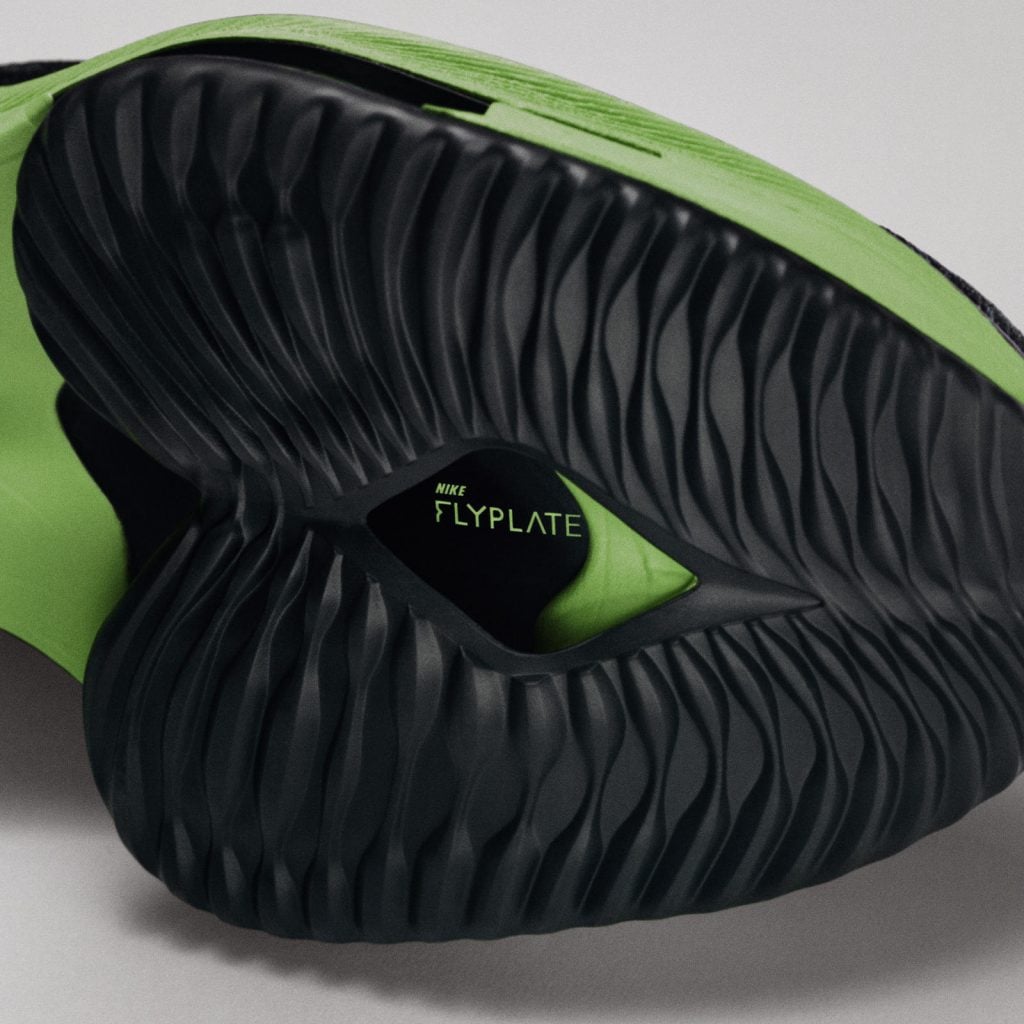
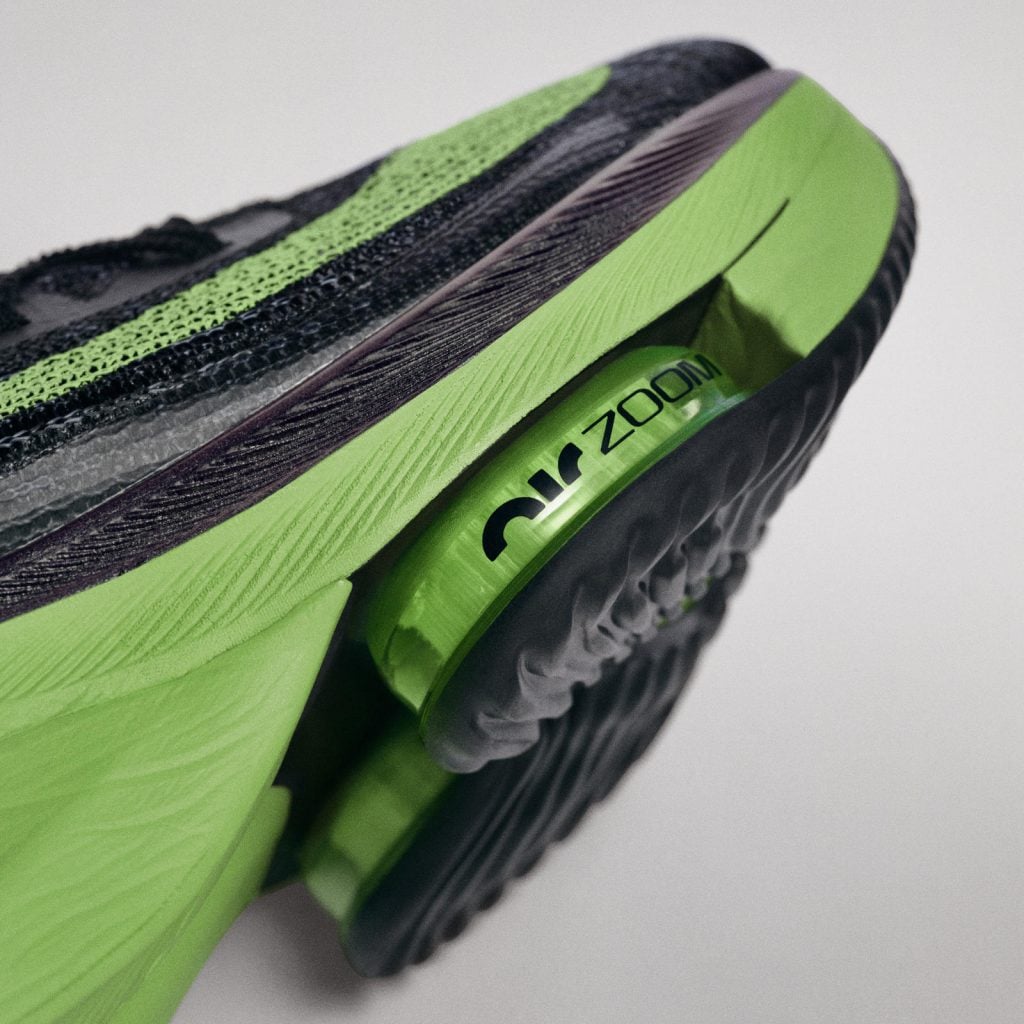
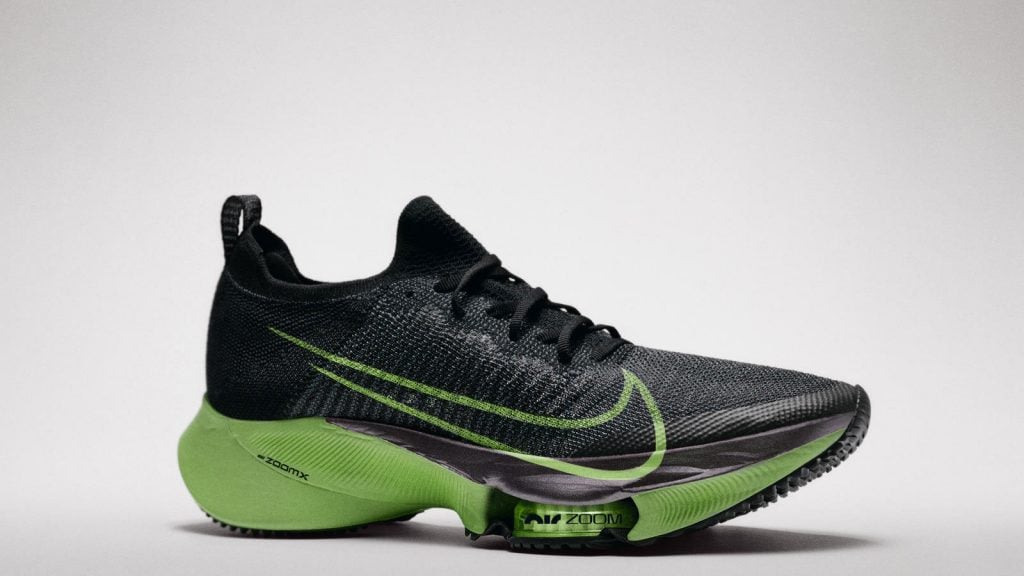
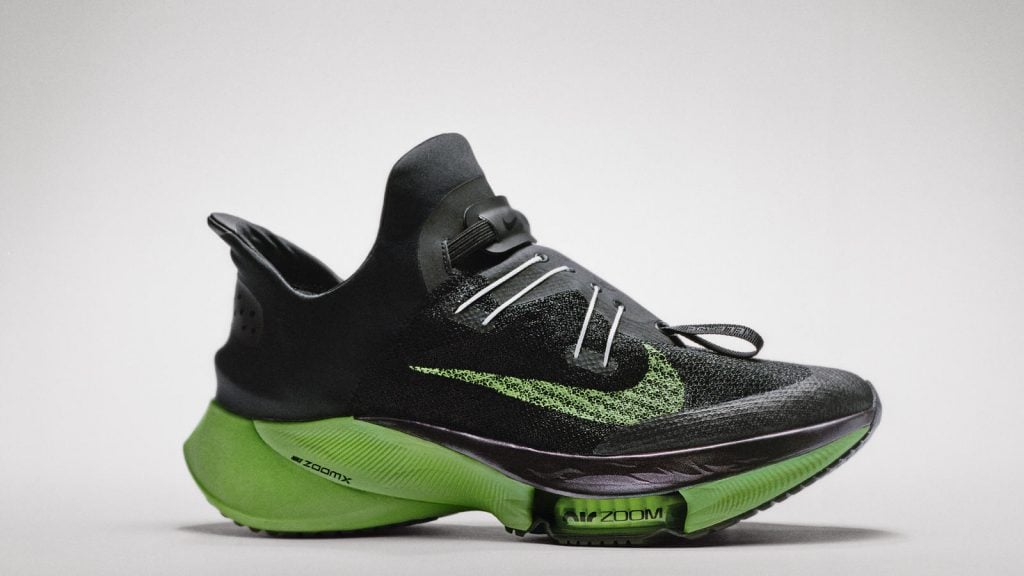
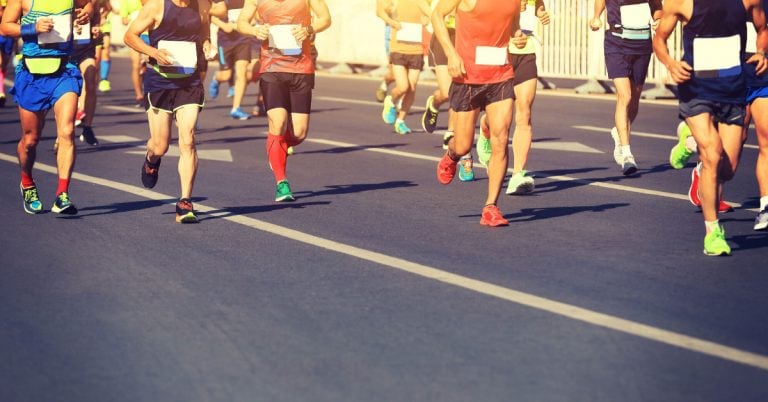
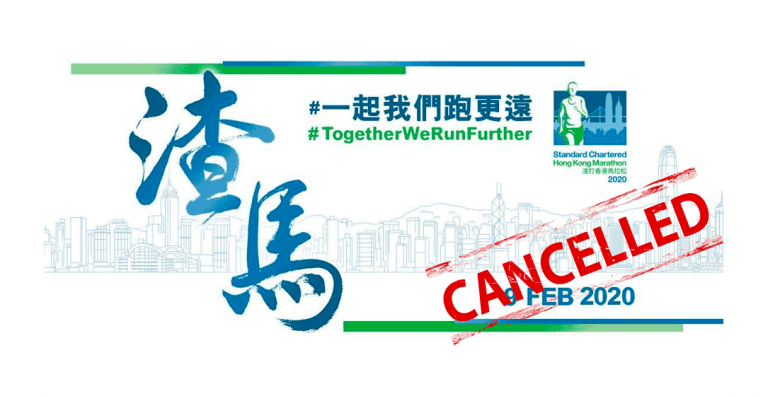
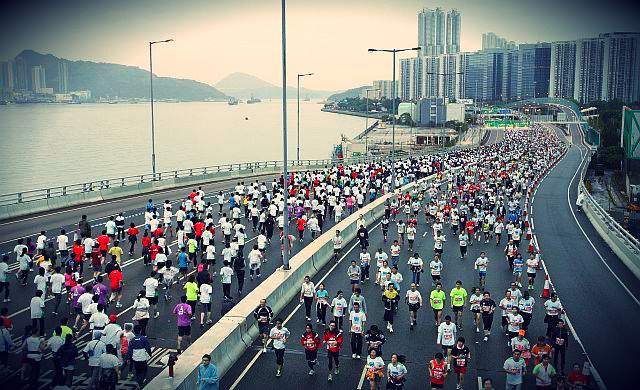
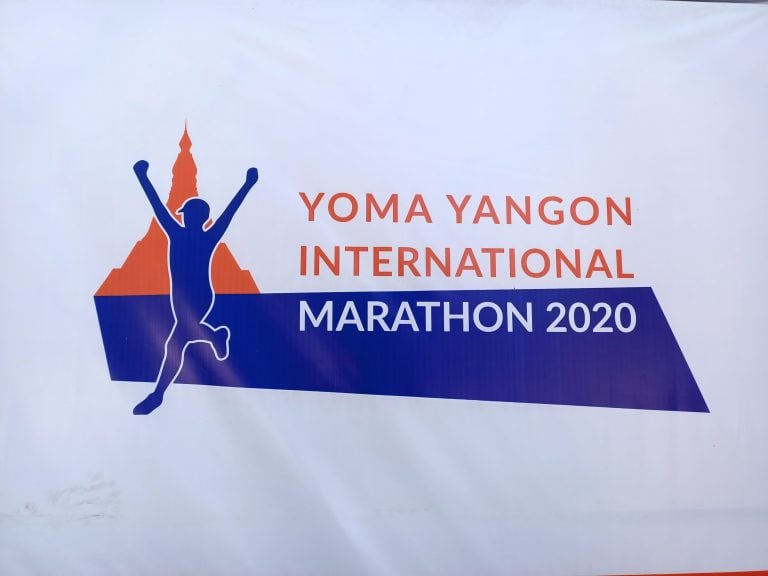
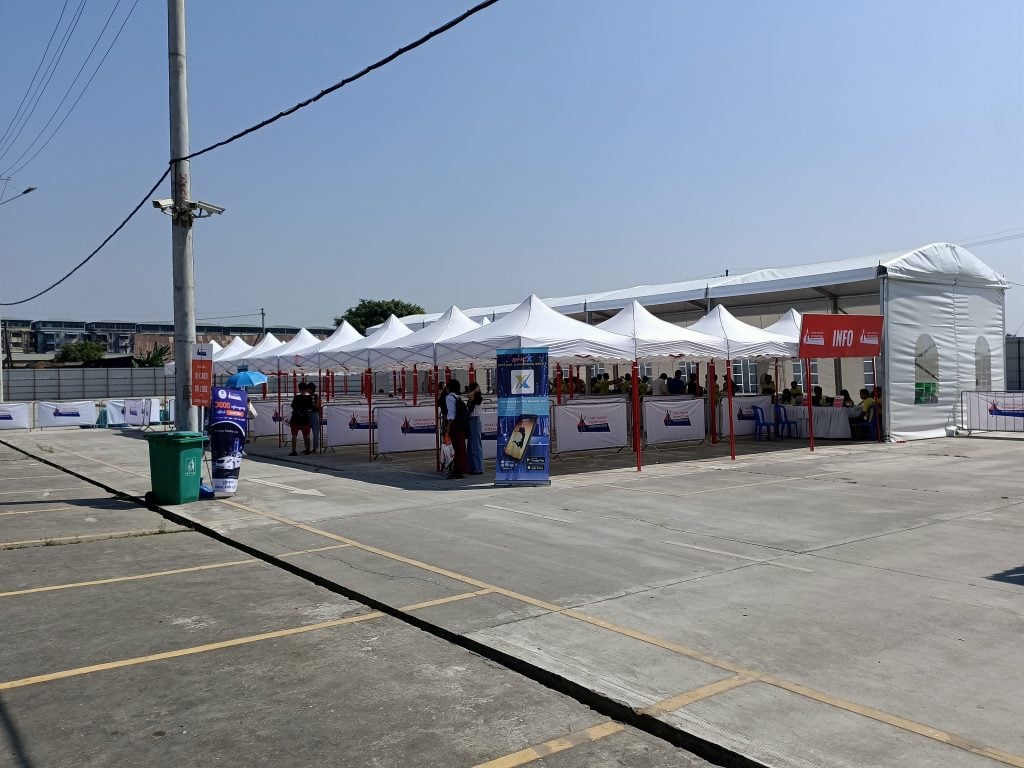
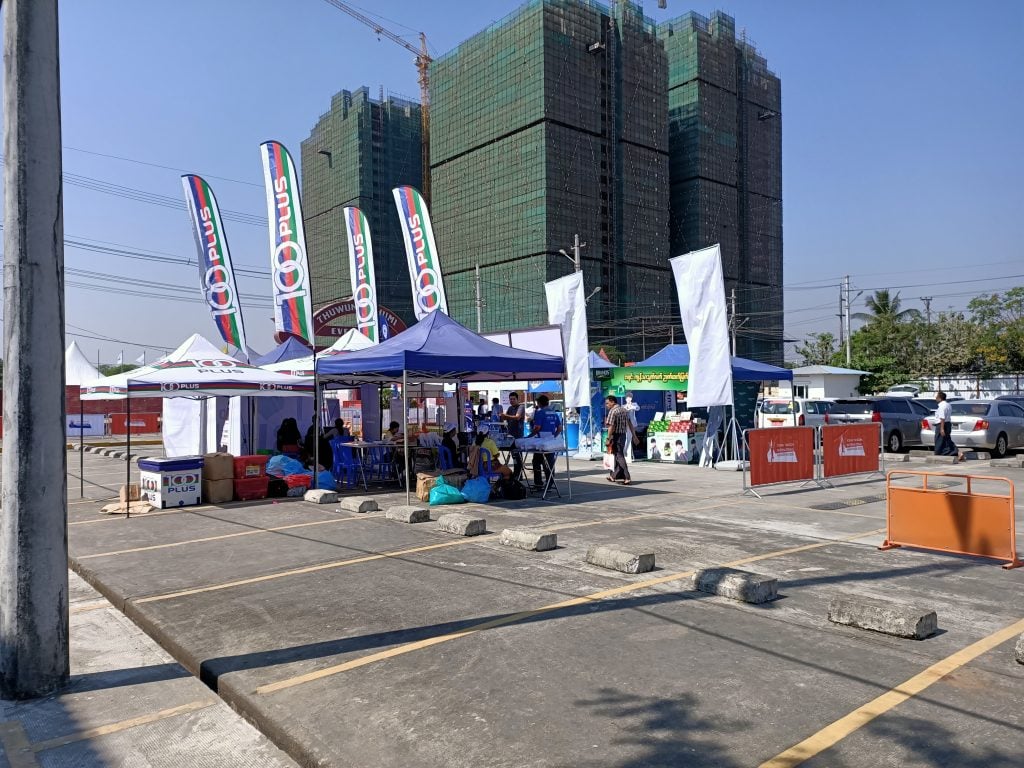
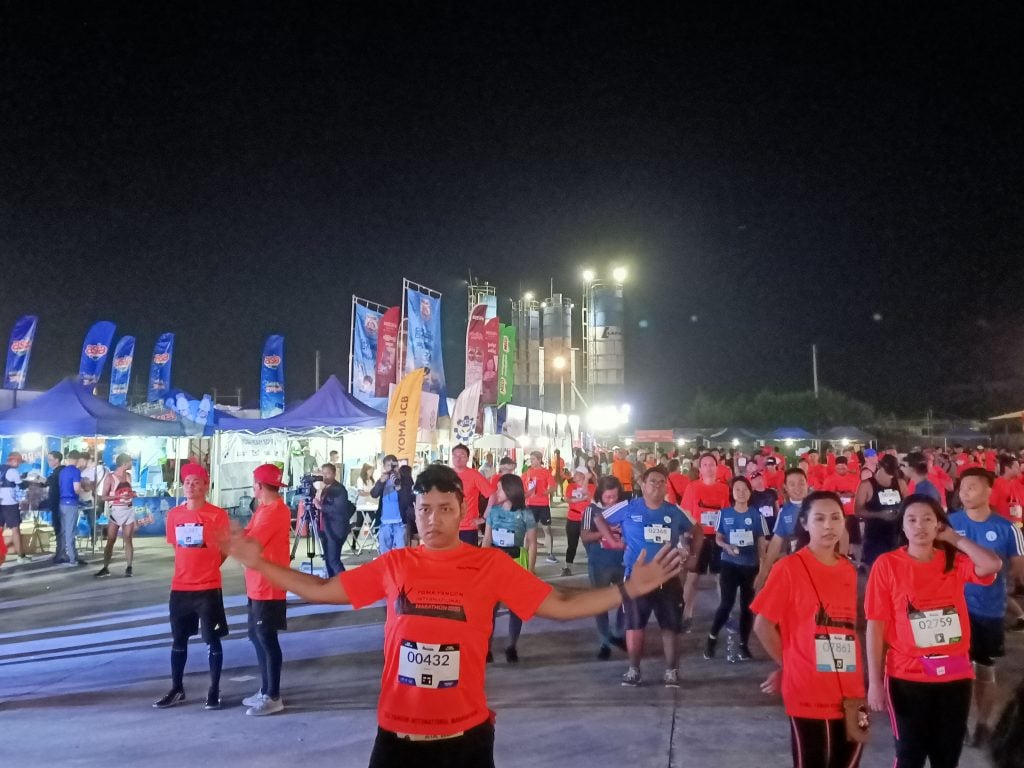
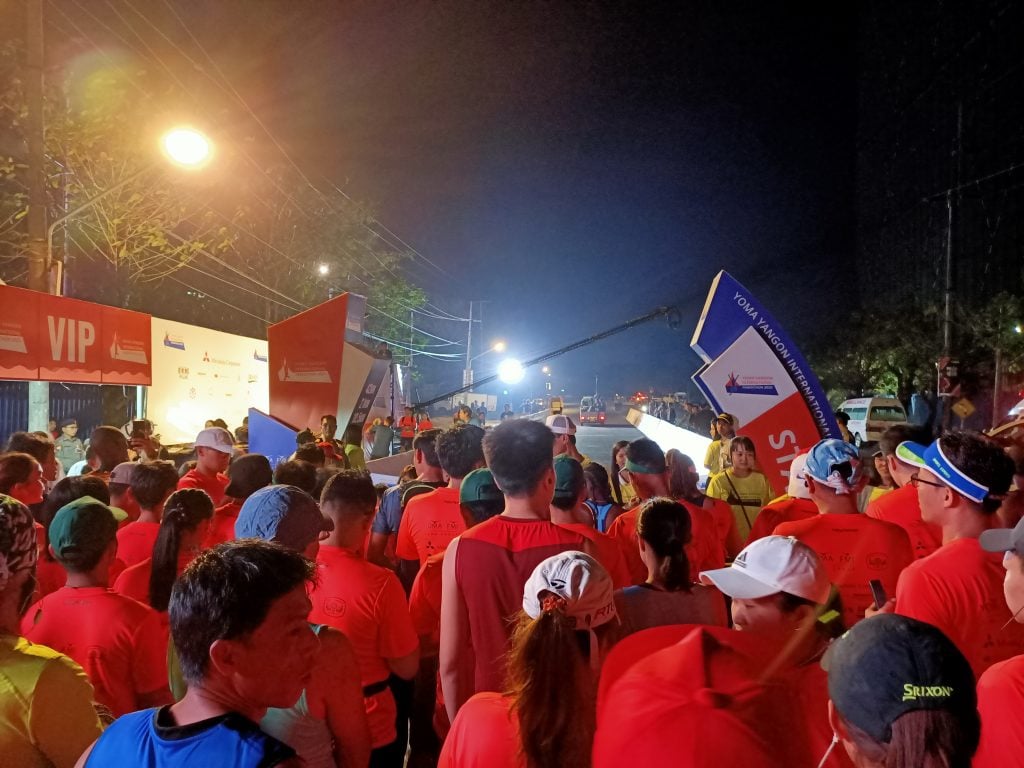
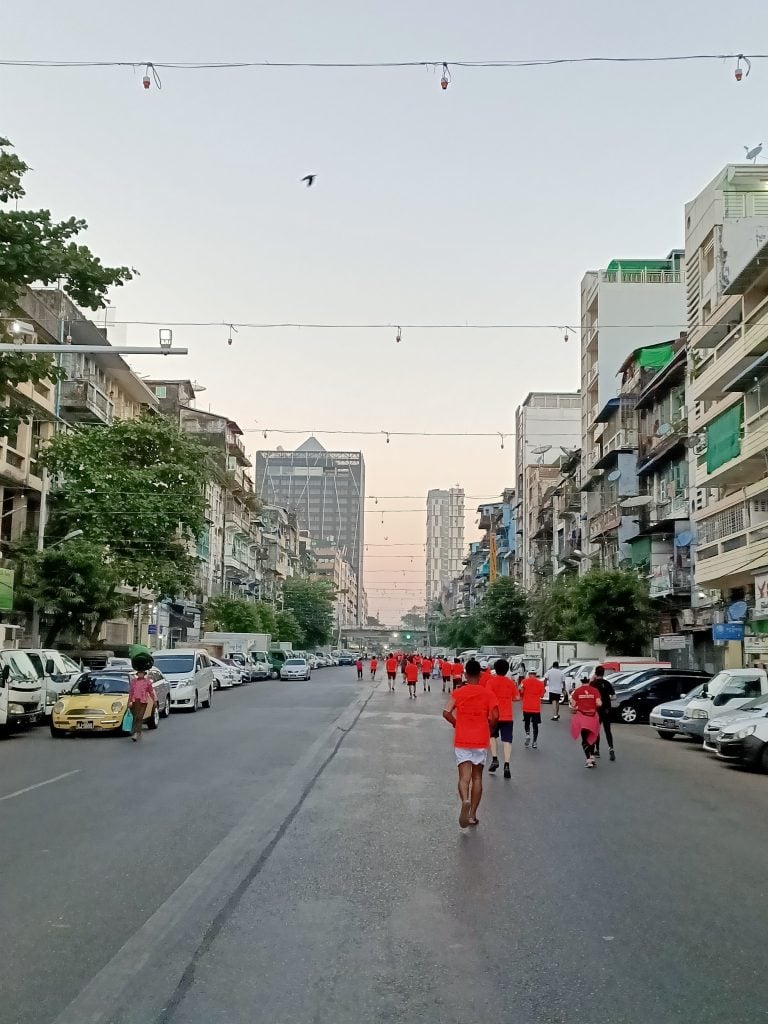
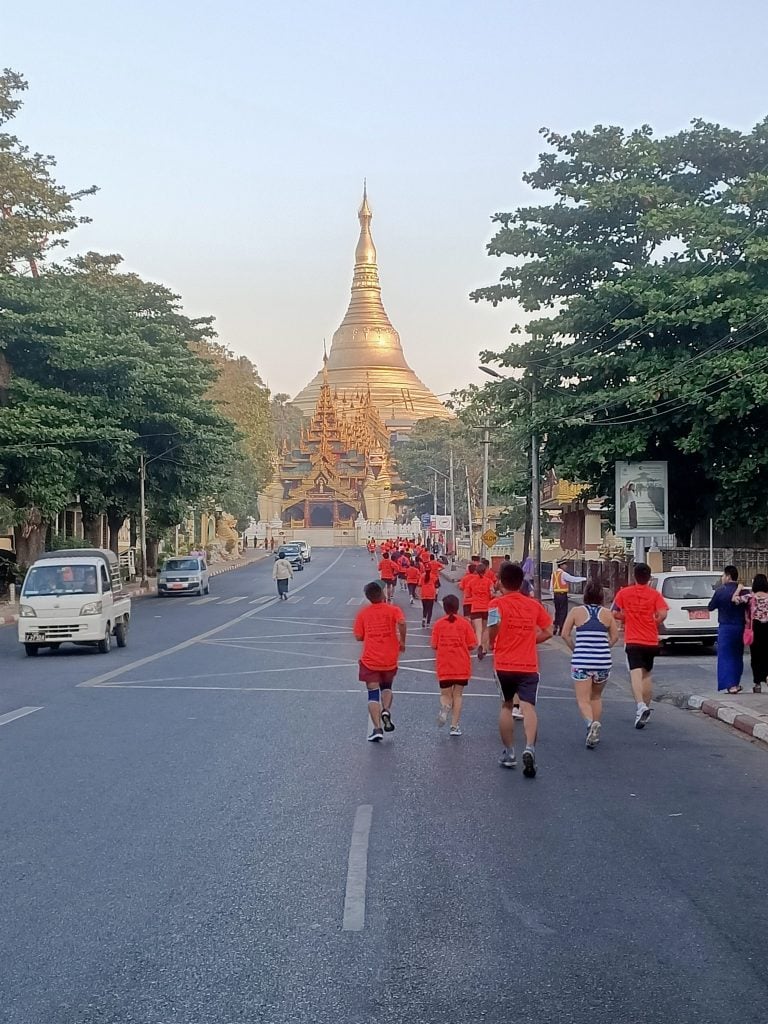
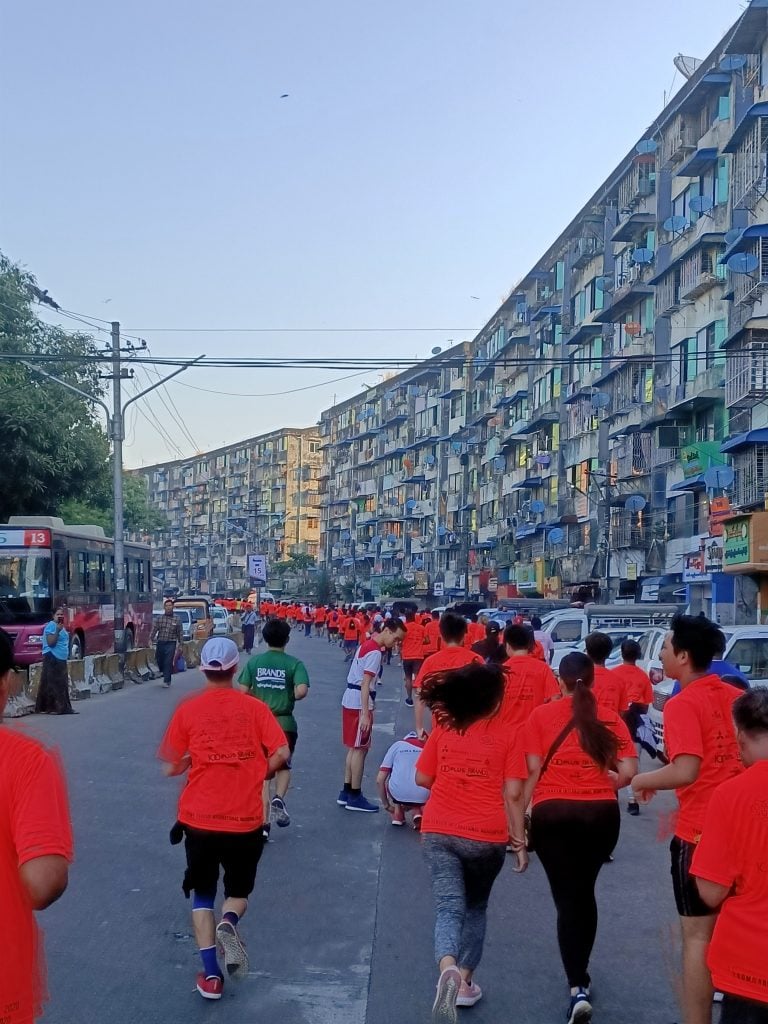
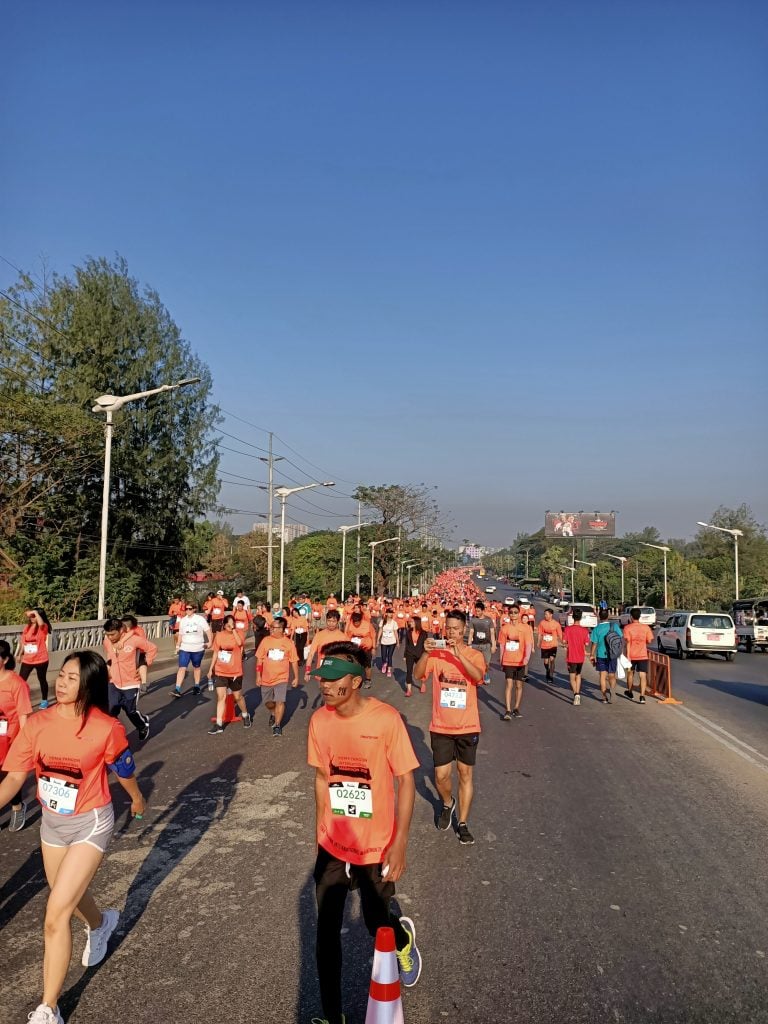
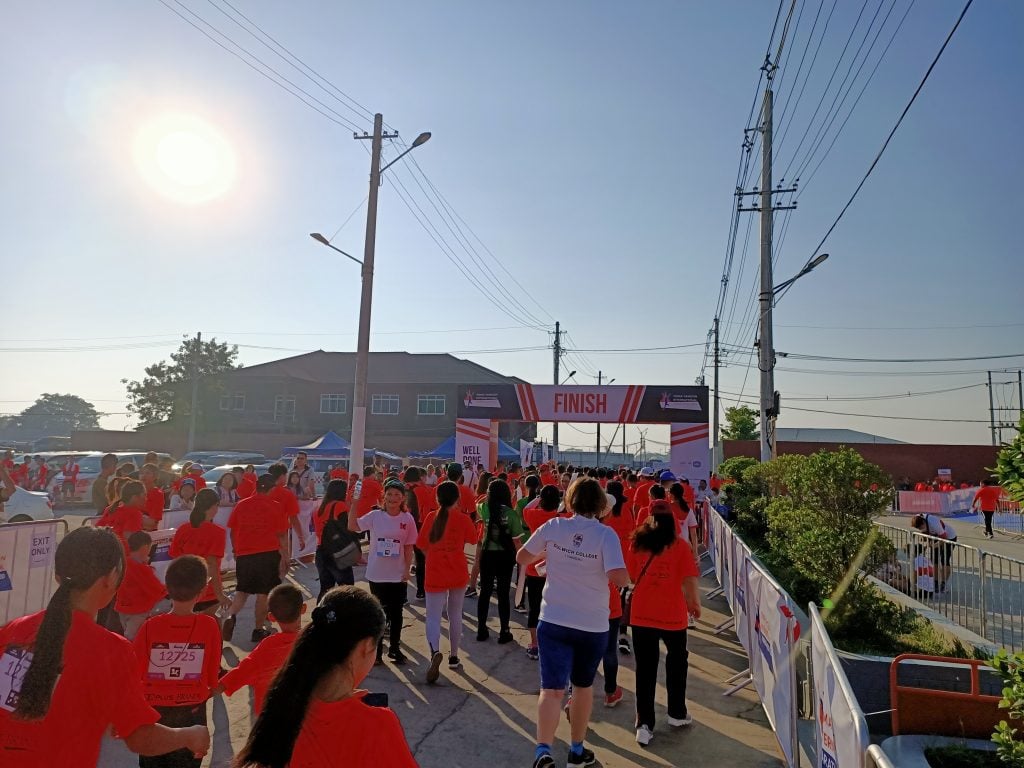
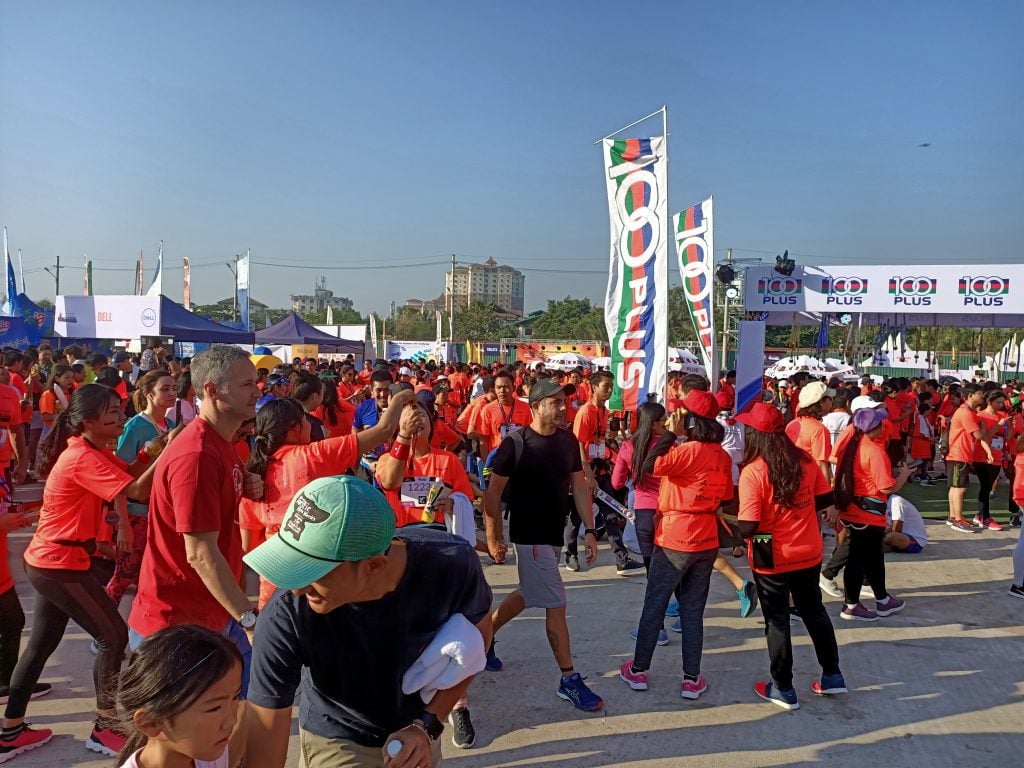
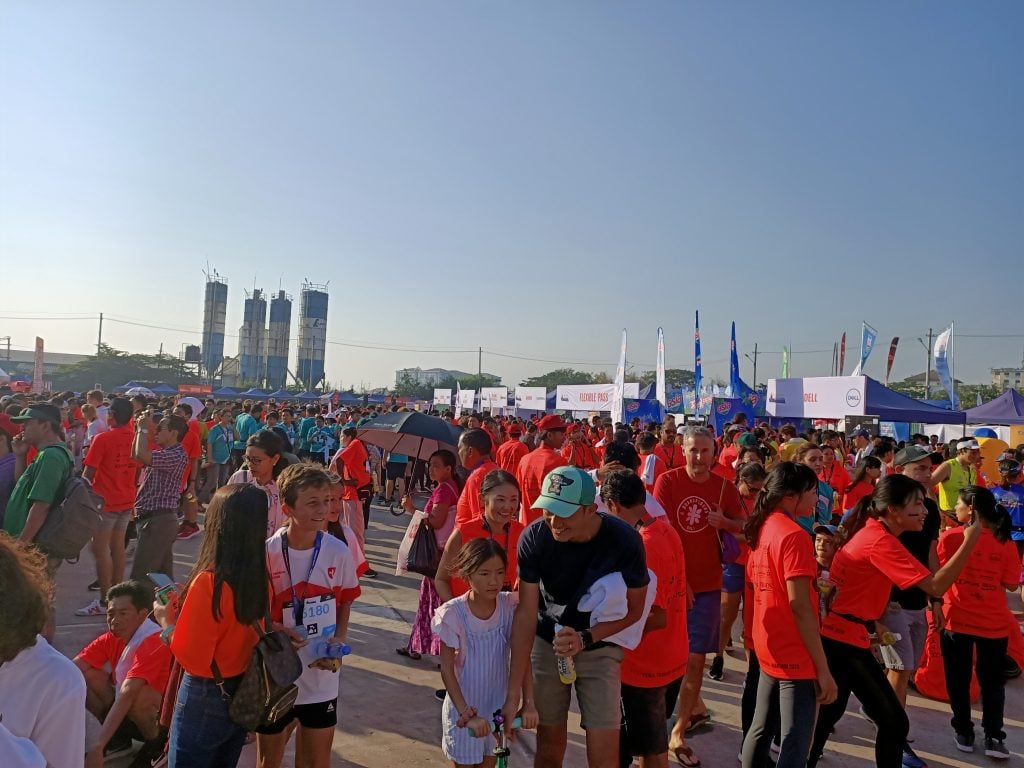
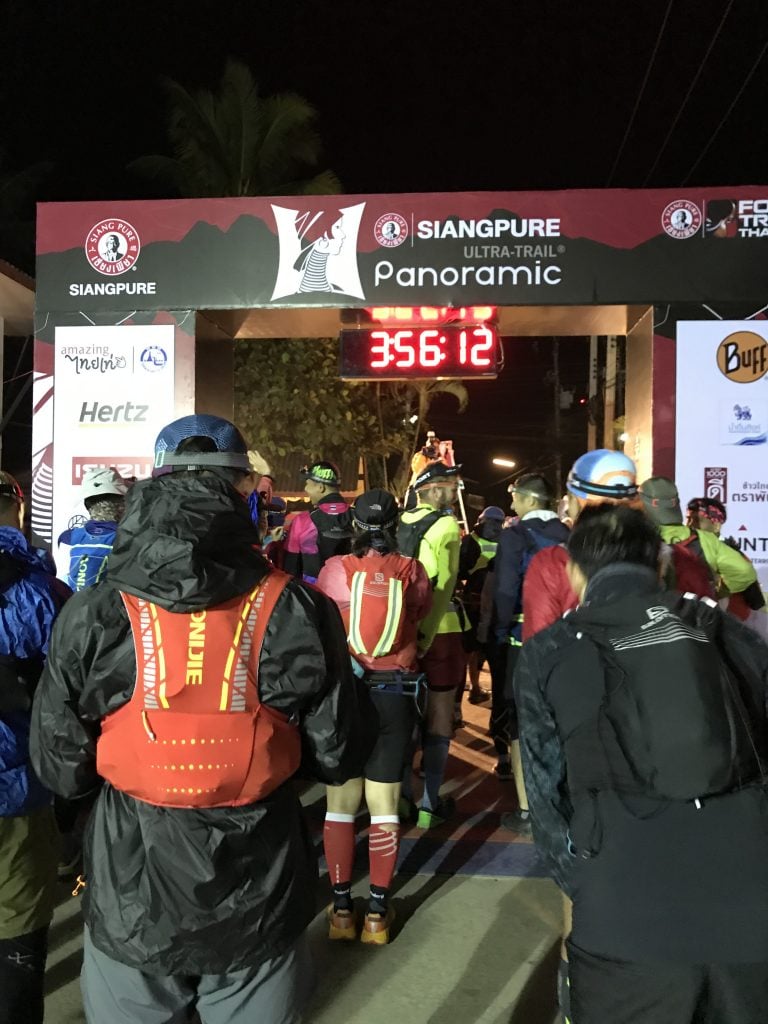
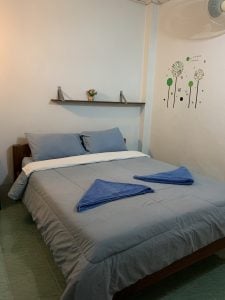
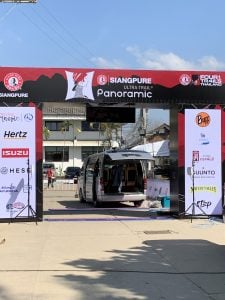
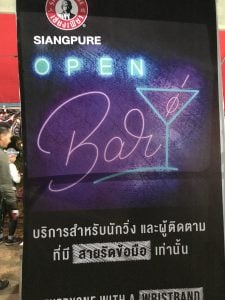
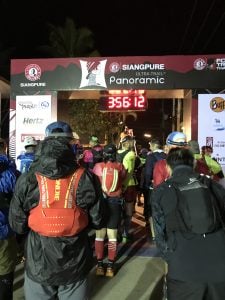
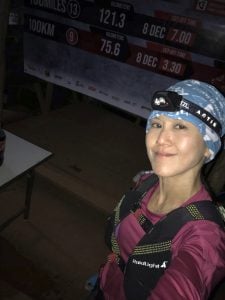
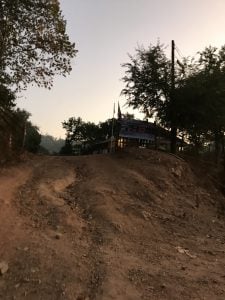
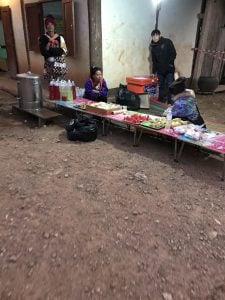
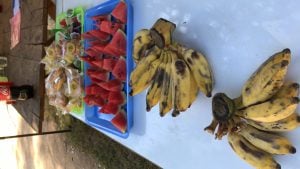
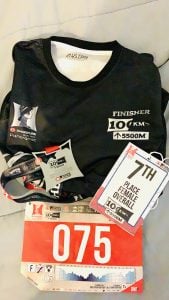
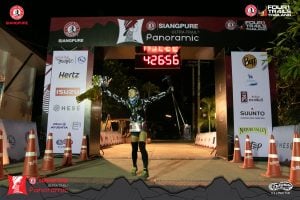
![My Standard Chartered Taipei Marathon 2020 [FM] My Standard Chartered Taipei Marathon 2020 [FM]](https://www.justrunlah.com/wp-content/uploads/2020/01/IMG20200119115737-768x1024.jpg)
